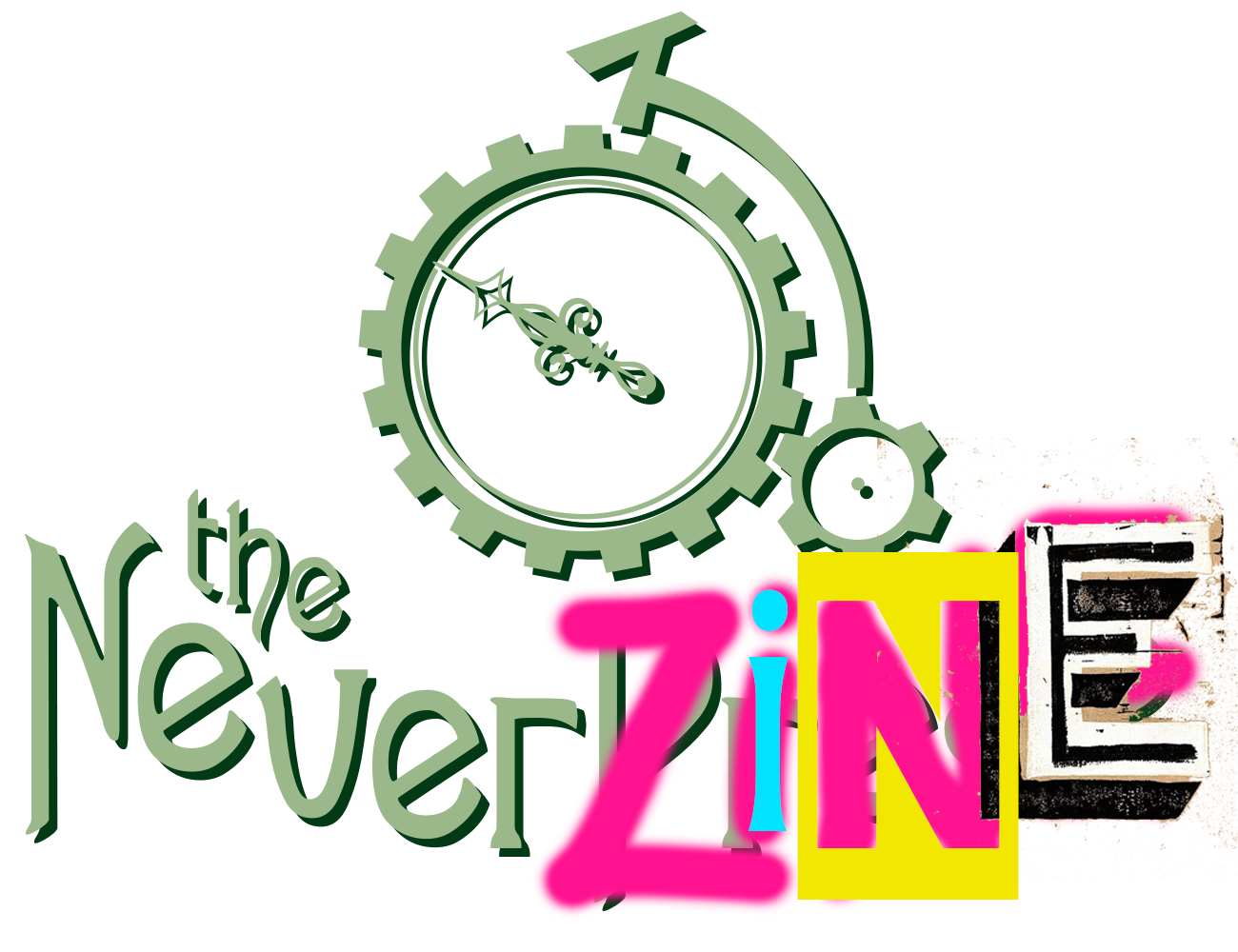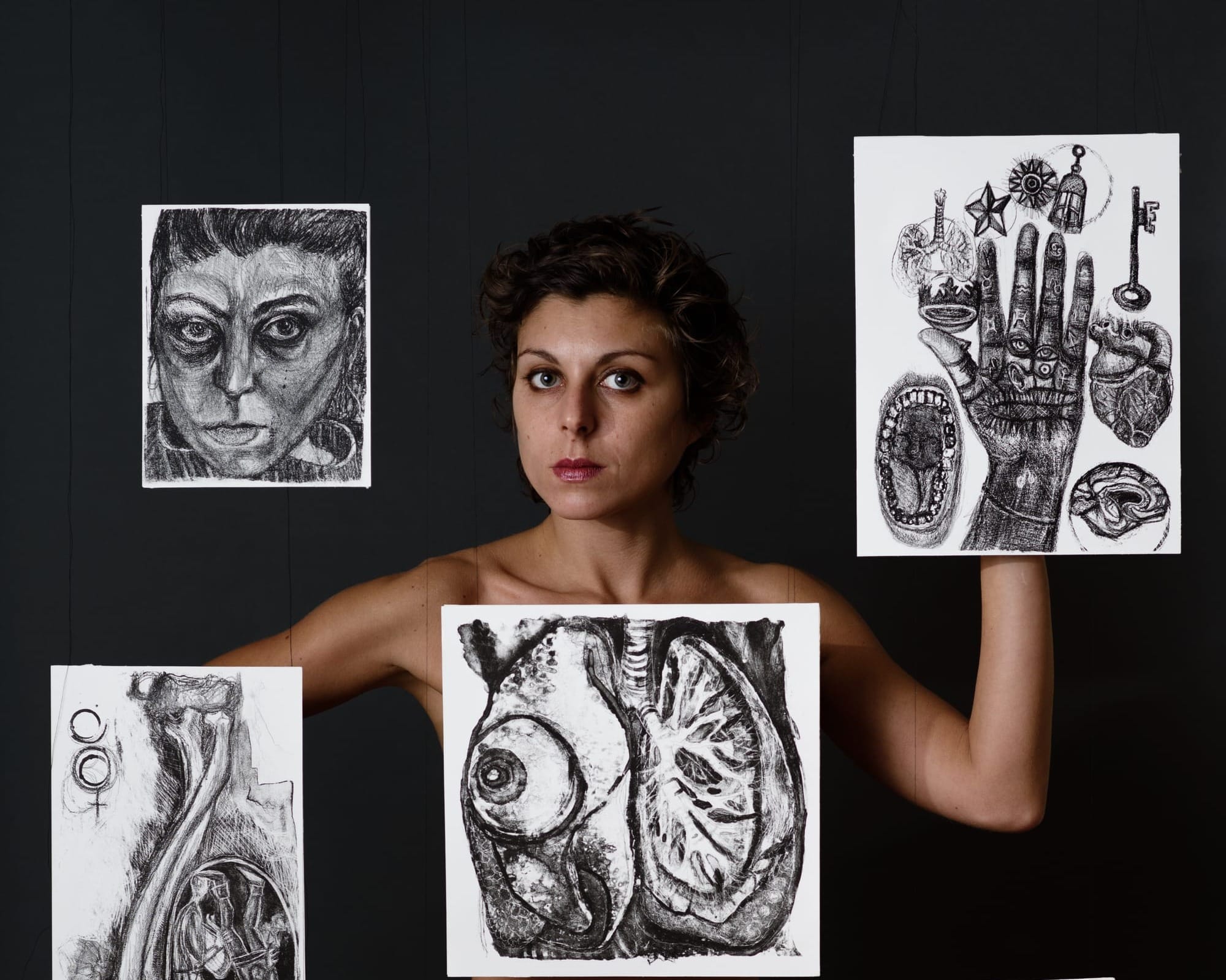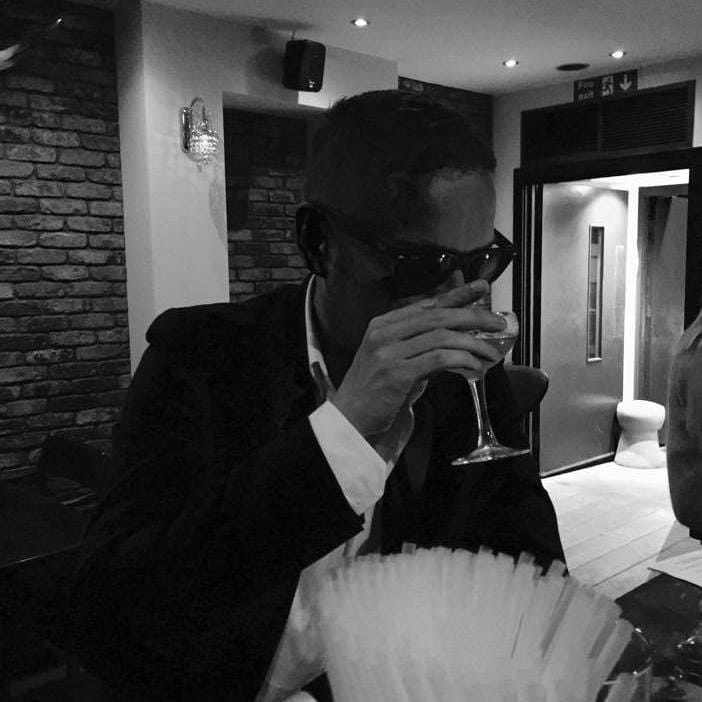This one is a titan - both scale of interview and subject. Sisetta is a giant in her field, with vast academic and cultural experience drawn from all four corners of the world and she brings her entire essence into every brushstroke and every etch she commits to.
We're continually stunned by Sisetta's output, commitment to the arts and her generosity in sharing this knowledge and passion - inspiring many, many people to embark on their own creative journeys. She is a portrait of the artist in motion and we're absolutely thrilled to bring you this conversation with her. It's a pretty hefty interview, this one, so let's down tools and get stuck into it. Enjoy...
Sisetta! Thanks for your time and allowing us in - let's get to it with our standard opener...please may you tell us about your artistic journey?
I studied painting at the Florence Academy of Fine Arts. I’ll never forget the joy I felt when I passed the entrance exam. I was over the moon. Then later, I qualified as a Master Printmaker through a small, prestigious private school. Drawing has always been my favourite activity—my happy place.
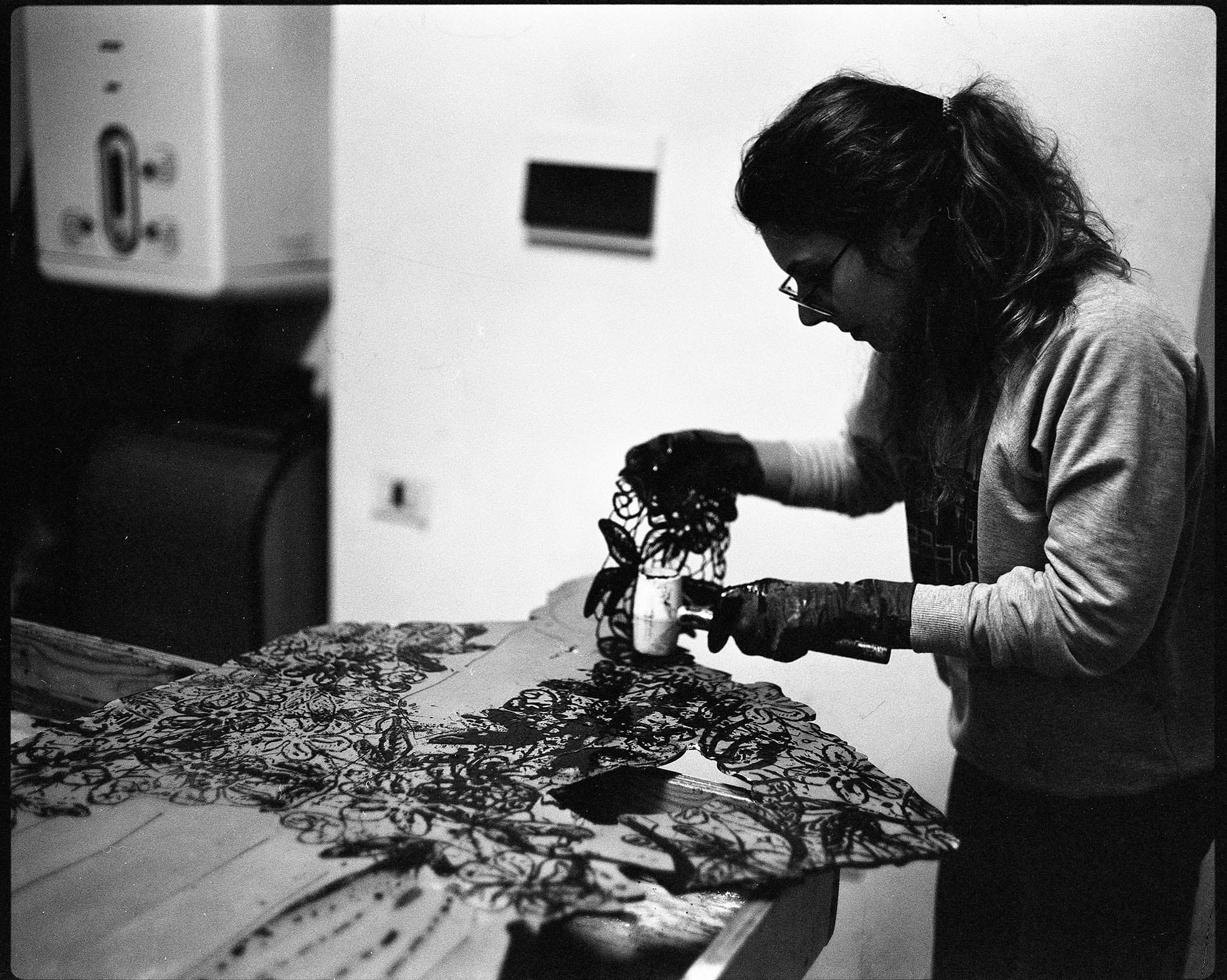
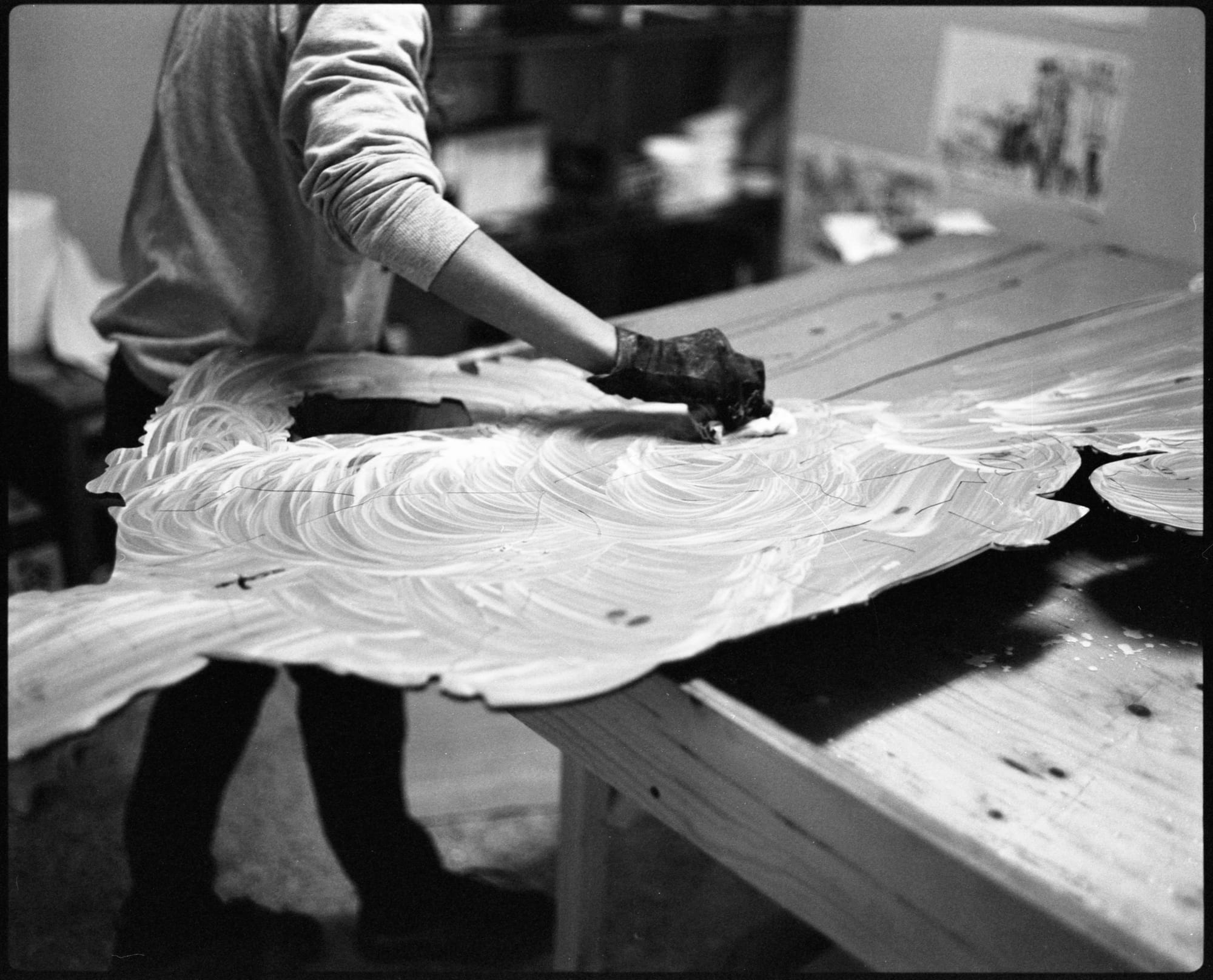
Studying in Florence meant being immersed in a very traditional, technically demanding environment. Our professors were like 'golden dinosaurs', passing down rigorous academic drawing techniques. That old-school foundation in drawing has stayed with me and remains one of my strongest assets. During my studies, I also spent a formative year in Granada thanks to an Erasmus grant—an experience that broadened my worldview and deepened my love for cross-cultural exchange. I've had several international residencies across Mexico, Italy, and the UK. That period culminated in 2019, when I won a public art commission to create a permanent monument in my hometown in southern Italy—something I’m very proud of.
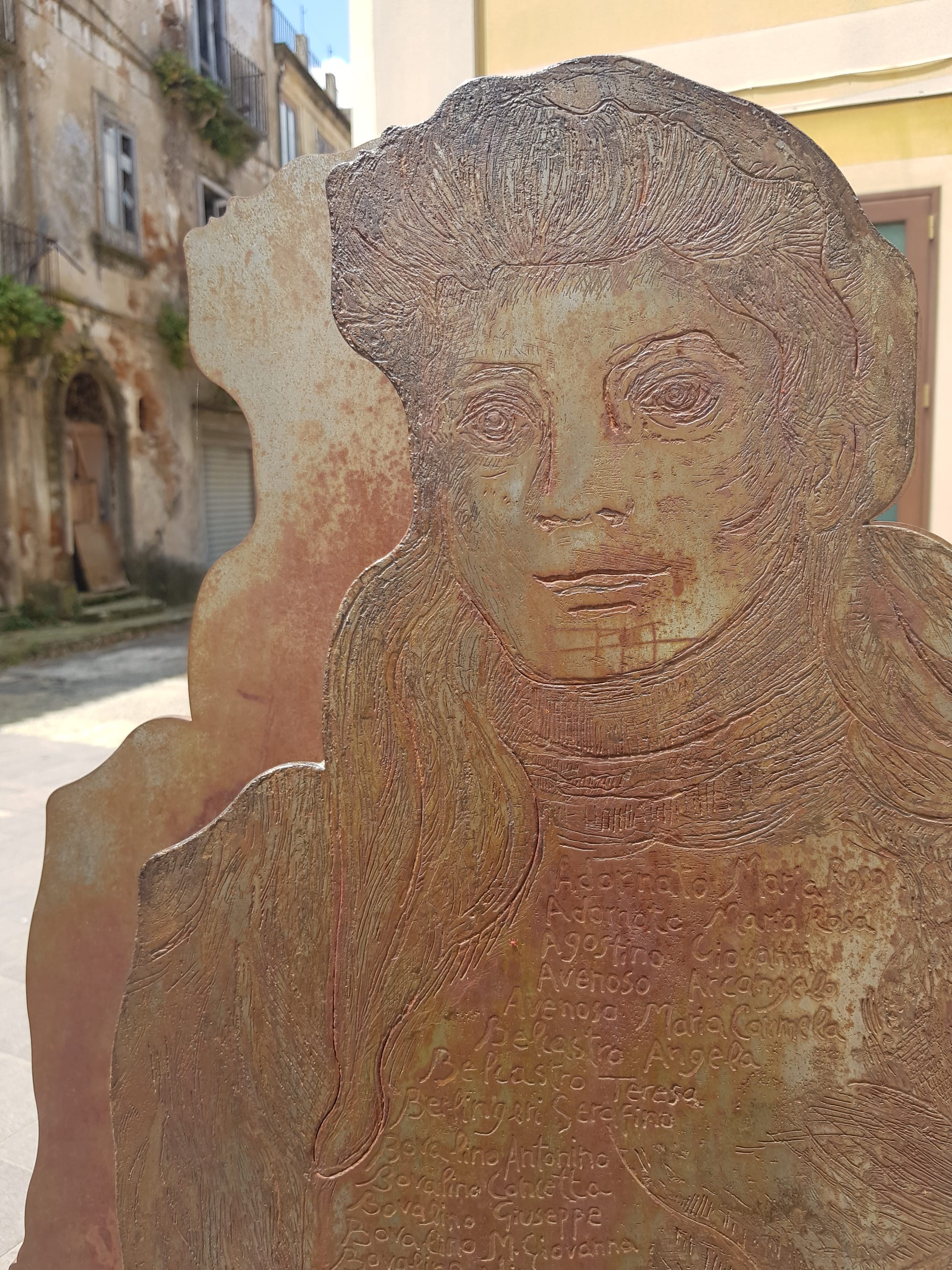
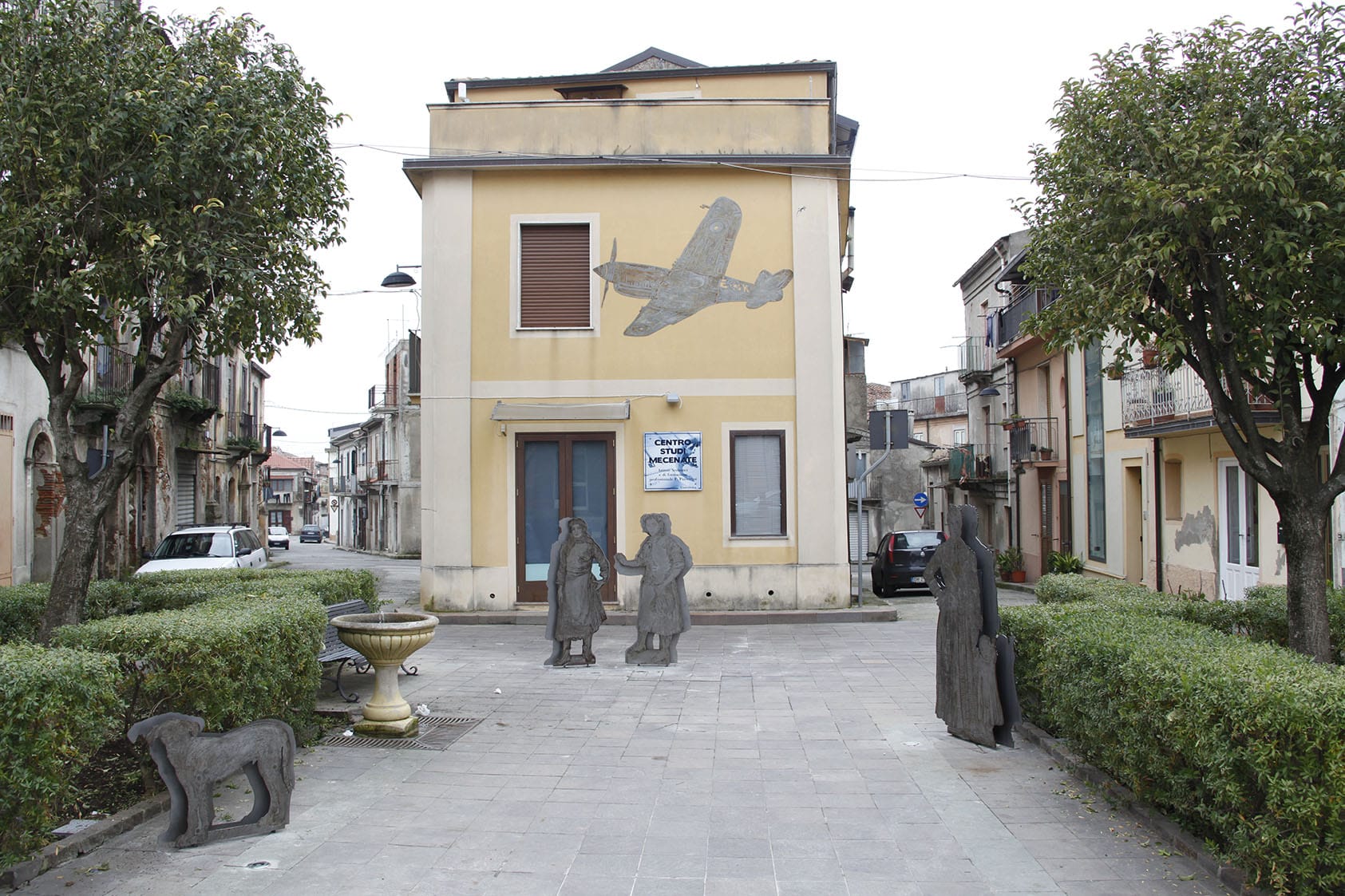
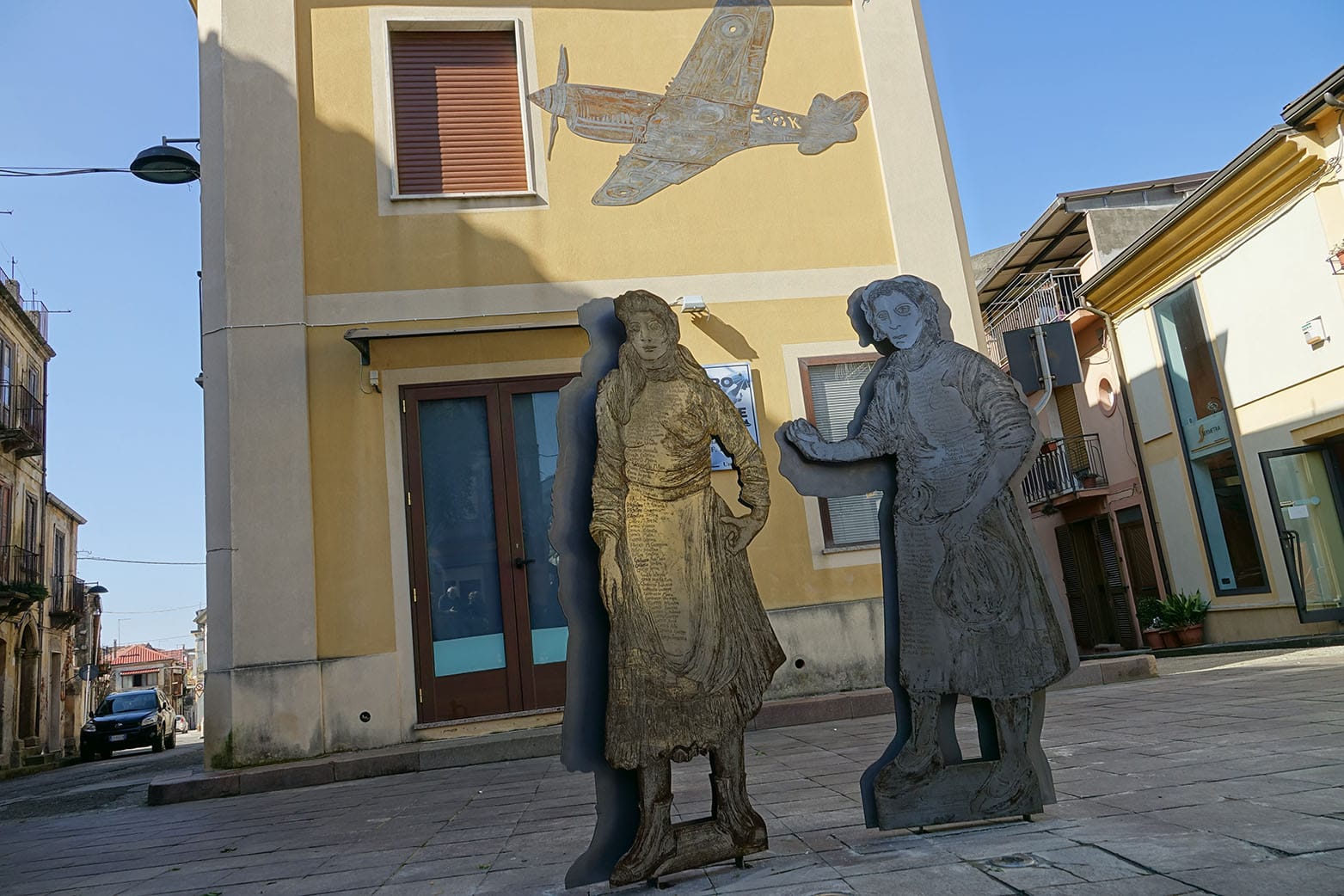
'Presenze Passate' (Past Presences); Sisetta's permanent monument in Piazza Caduti, Cittanova, Calabria
Coming to London was completely unplanned—and incredibly exciting. Especially because of how open and vibrant the printmaking scene is here. In Italy and France, printmaking tends to be practiced in a very standard, black-and-white, traditional way. In London, it’s full of colour, experimentation, and freedom. Just like the city itself—multicultural, multifaceted, endlessly stimulating. I never imagined I’d live in London, but once I arrived, I couldn’t leave. And here I am, 15 years later, still feeling like there’s so much more to learn and explore. I’m now a key-holder at Thames-Side Print Studio, where we’re preparing for our 2025 Open Studios on the 7th and 8th of June.
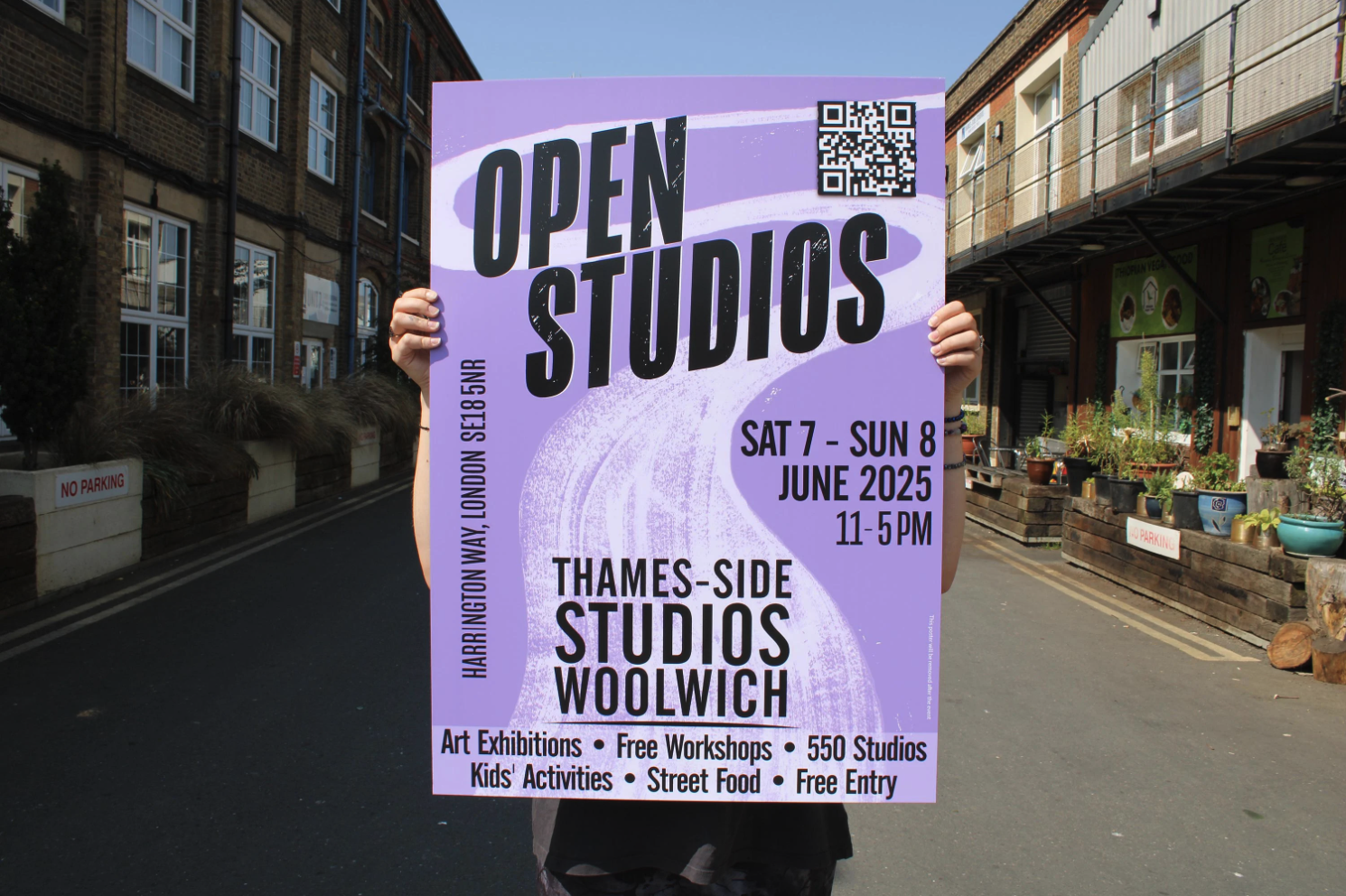
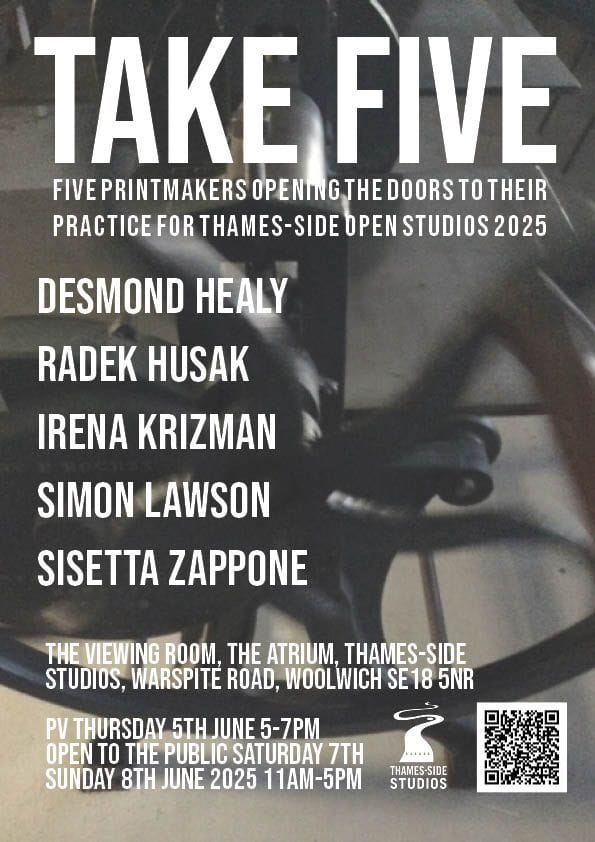
Link for info in the footer!
In the end, I don’t really see it as a “journey” in the traditional sense—more like an essence that shifts and morphs over time rather than following a neat path with clear milestones. The truth is, art has always been my place of joy, magic, and meaning.
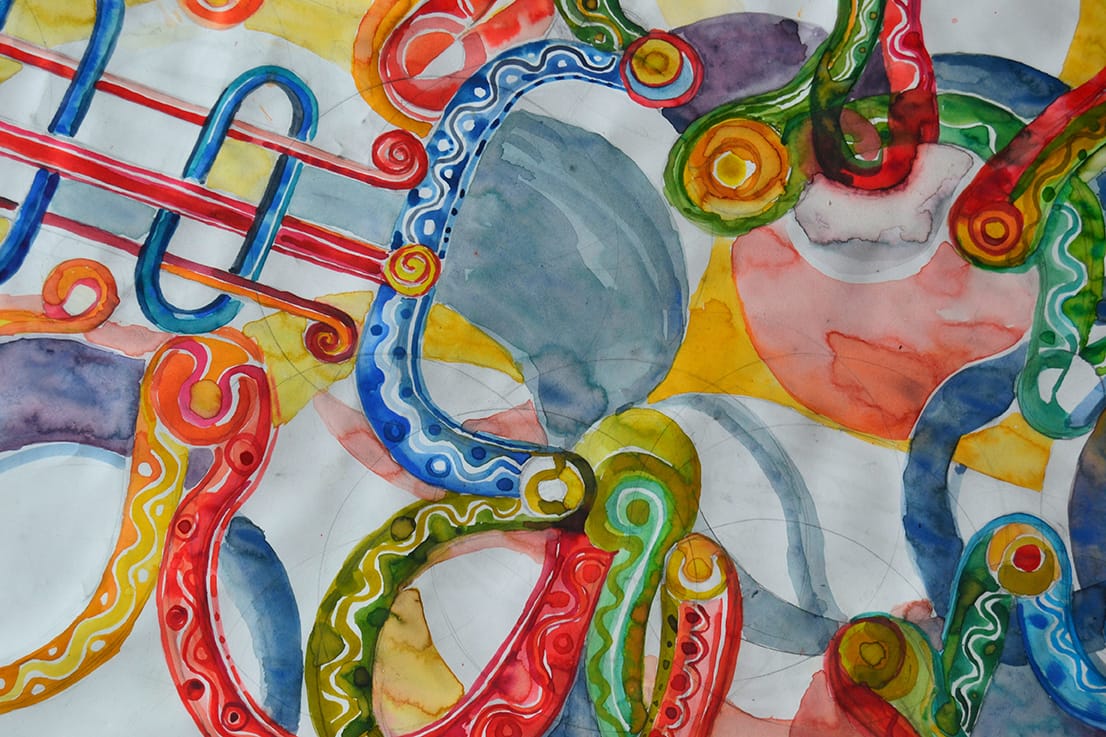
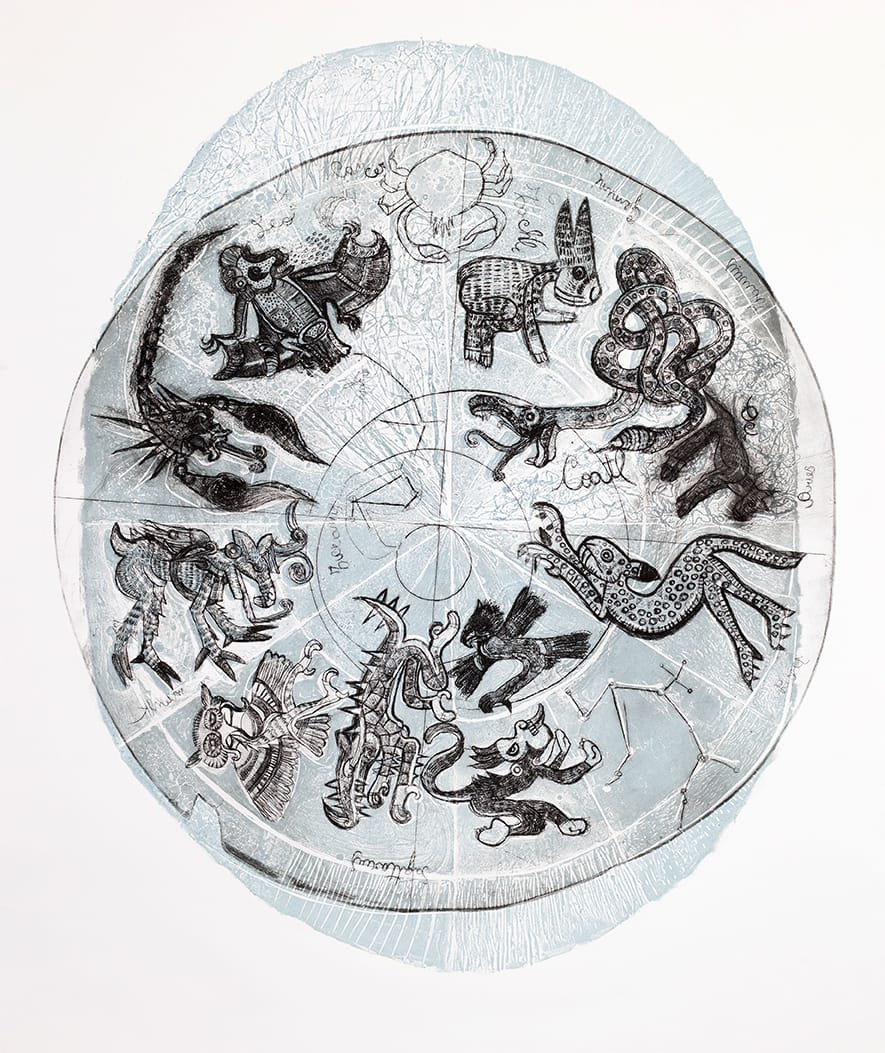
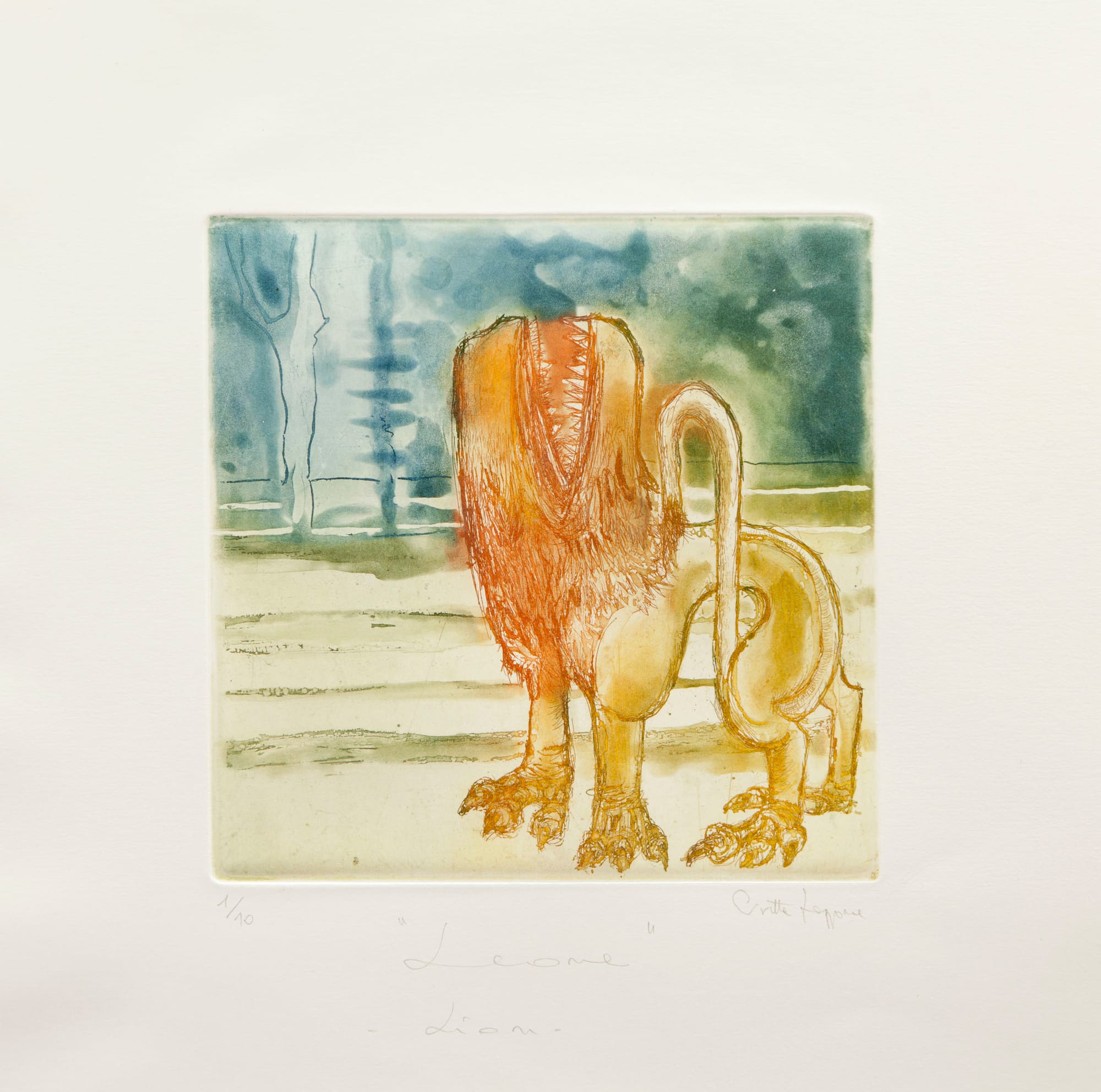
You’re very multidisciplinary—how did you get here artistically?
I actually think of myself as quite grounded—I work mostly in 2D, and I’m still very much tied to a figurative visual language. But I suppose it’s true that I span quite a range: from drawing to printmaking to installation. That openness, I believe, comes from printmaking itself. Printmaking is such a vast and generous field. Once you dive into it, it naturally leads you into experimentation and cross-pollination. That’s one of the reasons I love it so much. It’s not a fixed technique—it’s a whole world of materials, processes, and philosophies.
Over the years, working with print has exposed me to so many materials: linoleum, stone, plywood, different types of metals… each with their own character, their own way of reacting to pressure, ink, or acid. You start learning not just how to draw or carve, but how to listen to materials, how to work with chemical processes, how to think in layers and reversals. It’s almost alchemical.
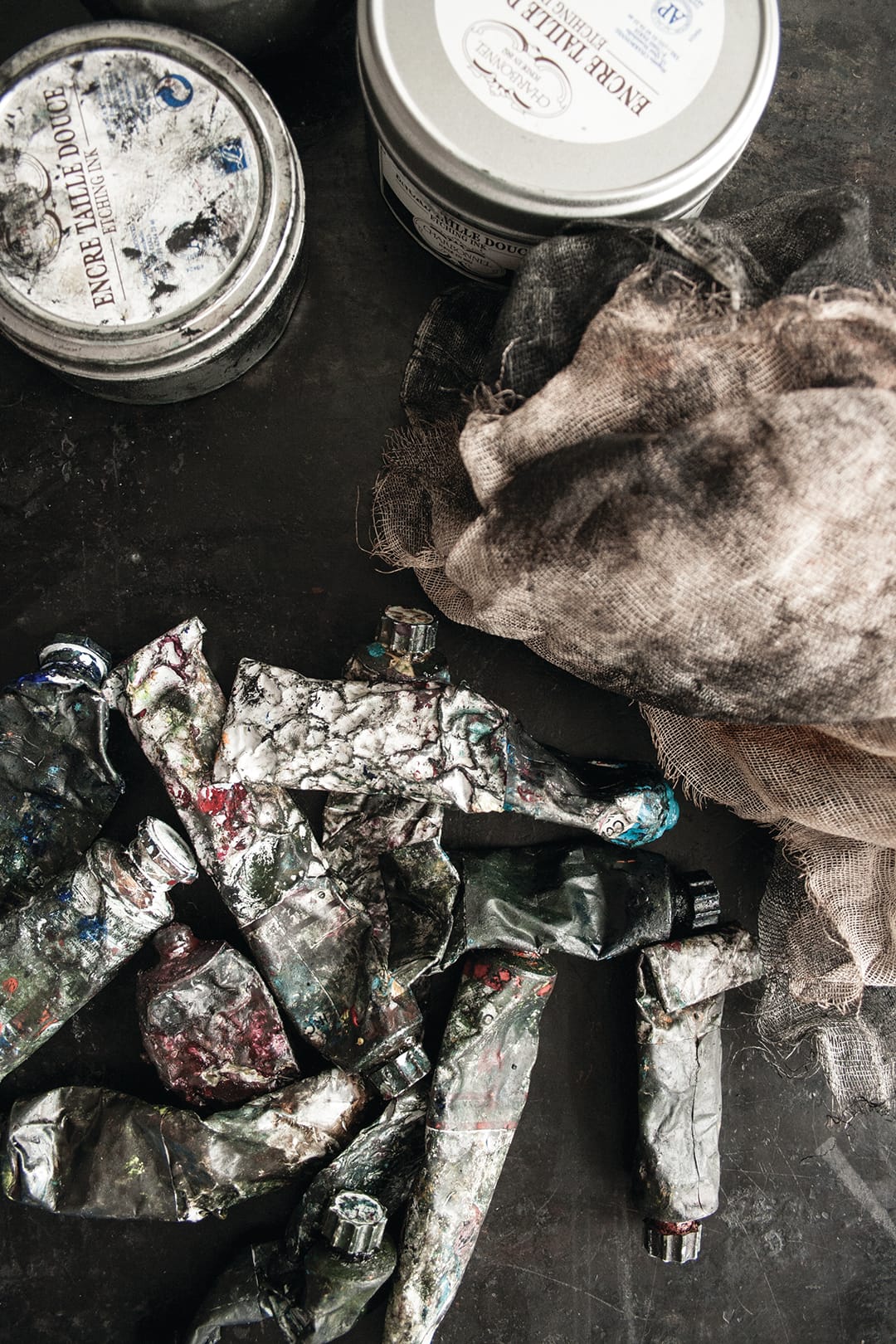
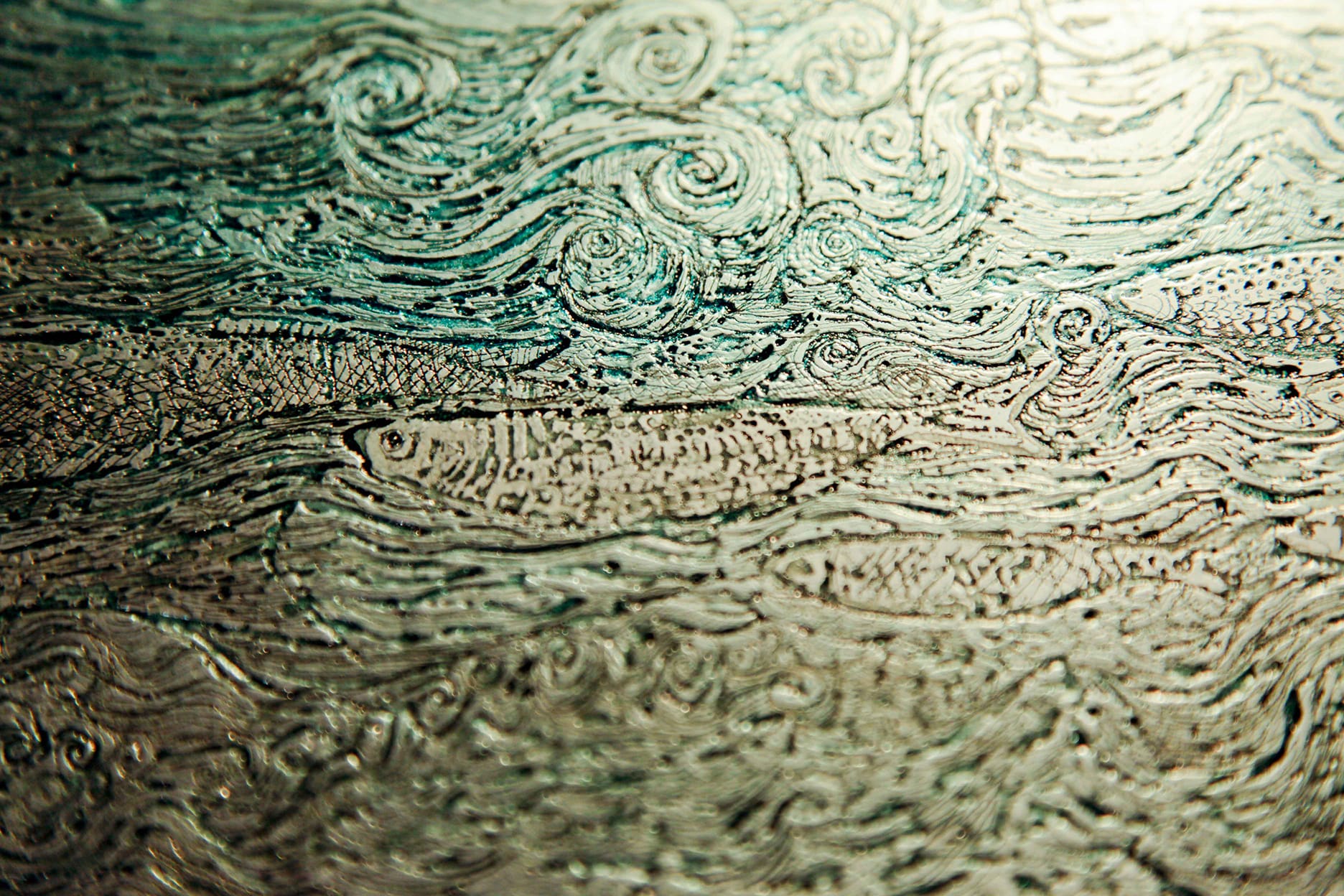
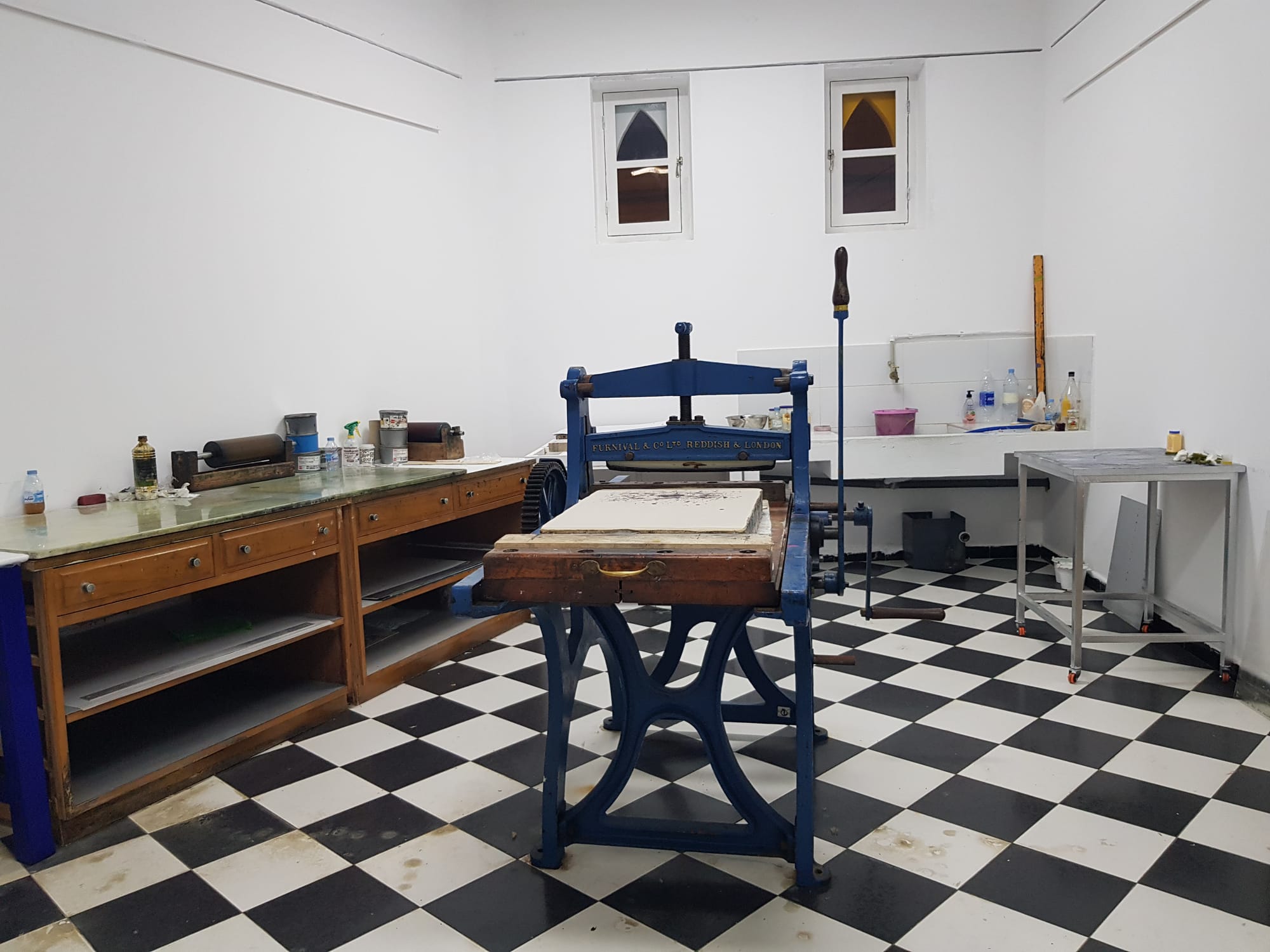
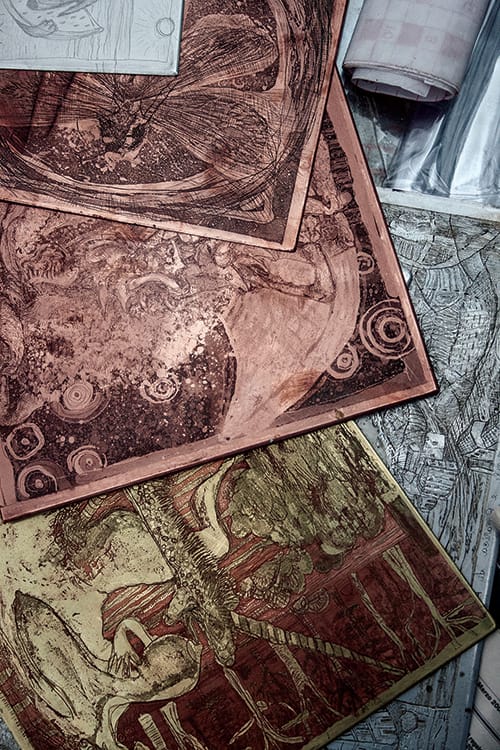
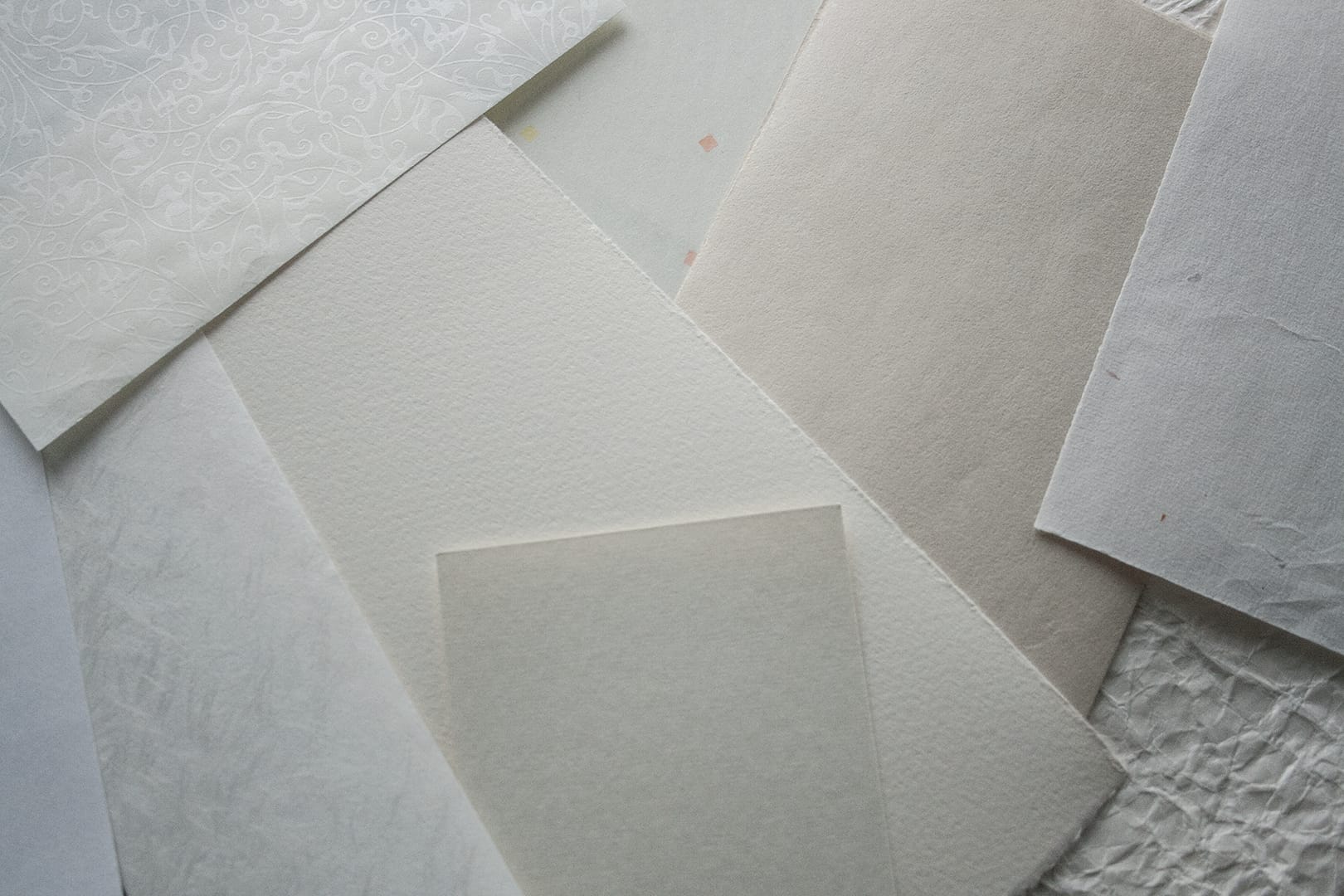
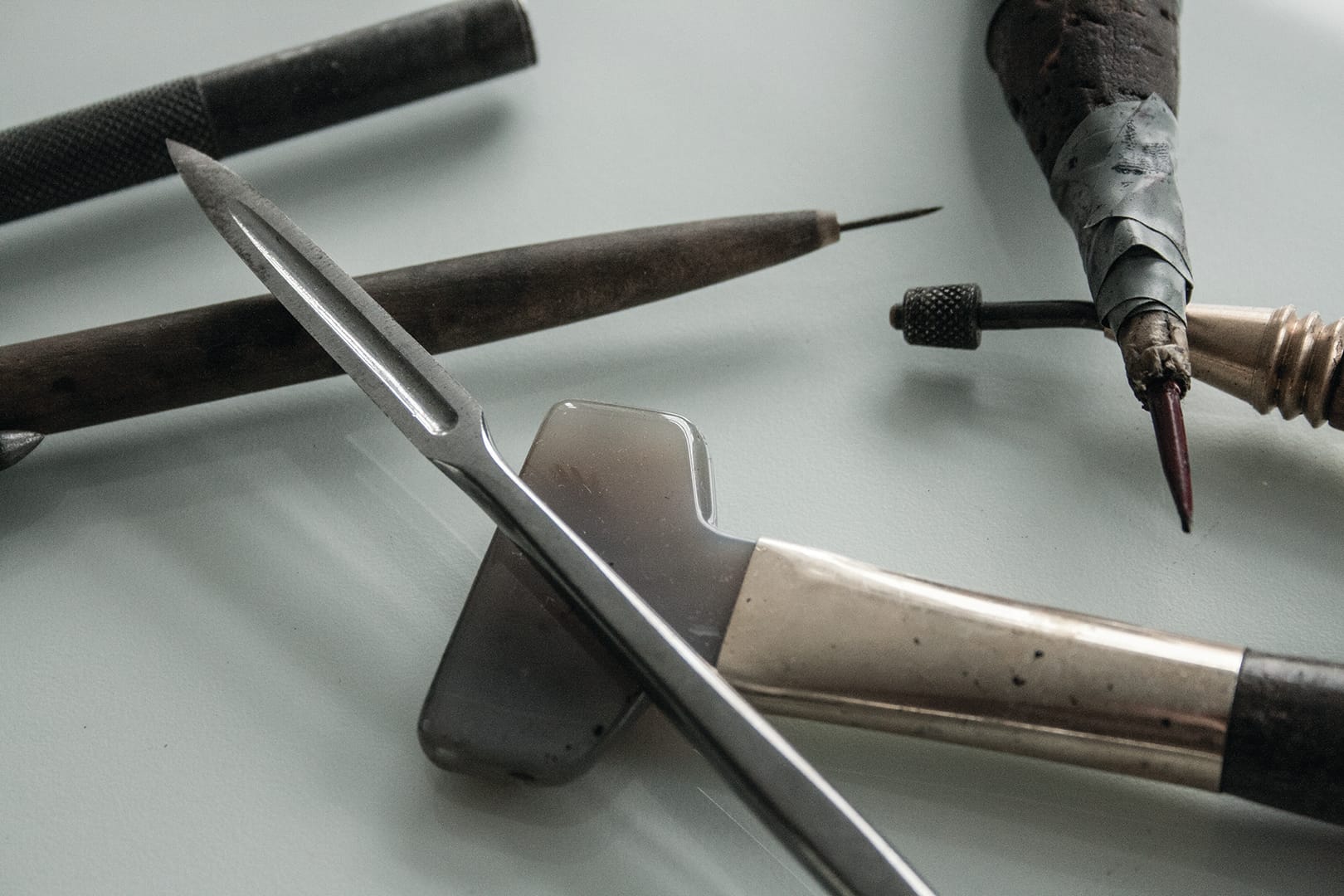
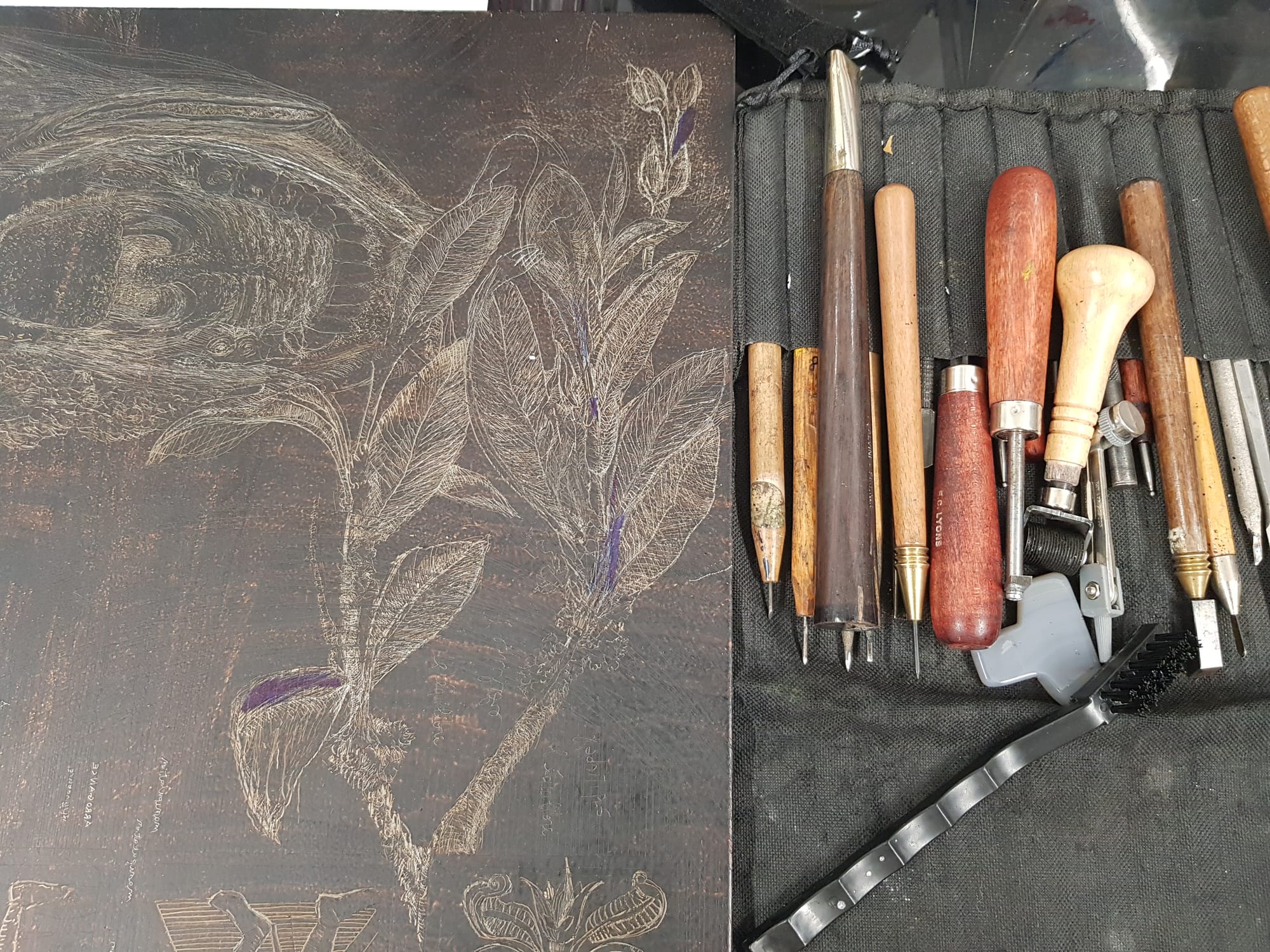
Palais de la Culture Assilah, Morocco
So in a way, I didn’t set out to be multidisciplinary. It’s more that printmaking trained me to be that way. It opened up possibilities—between fine art, craft, and installation—and helped me stay curious and playful with my practice.
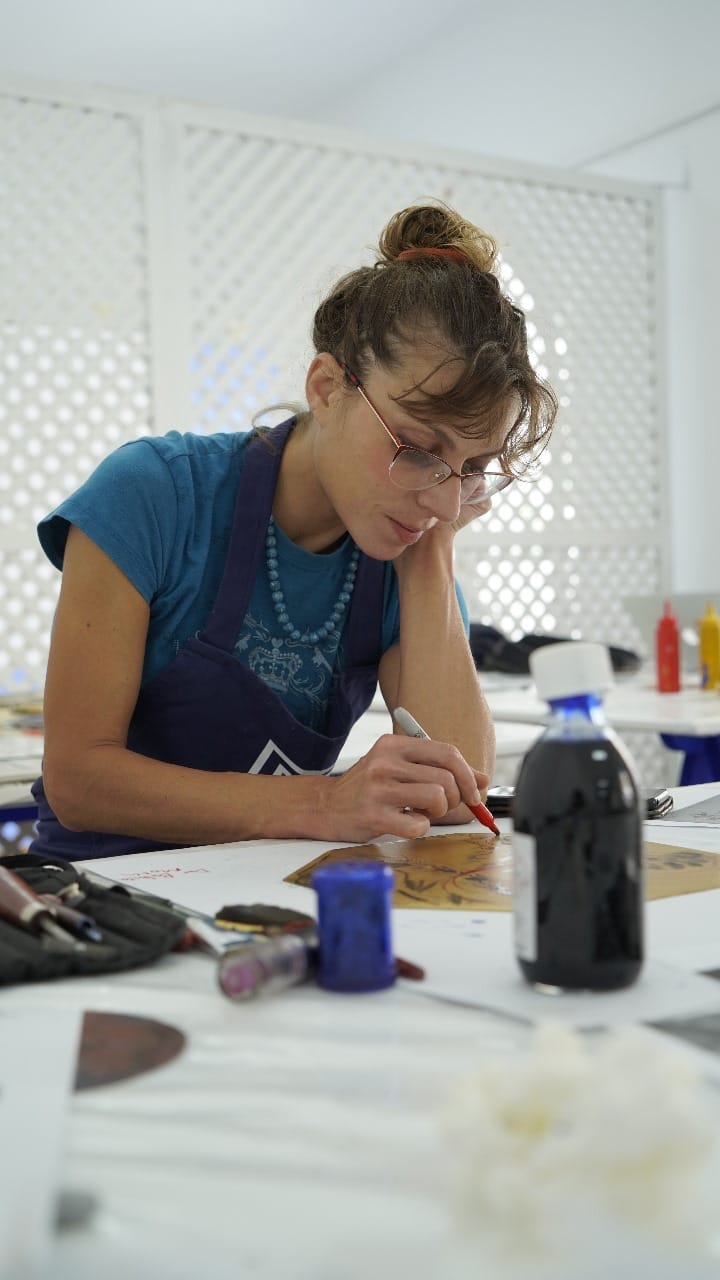
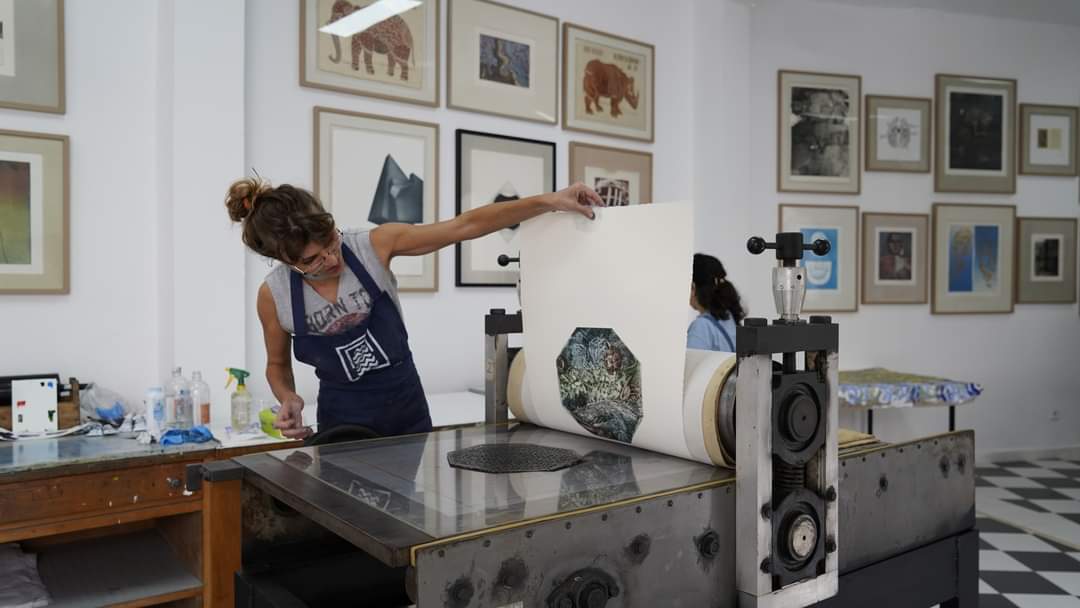
What draws you back to printmaking every time? Why this medium to express your art?
Printmaking draws me in again and again because it connects me to natural materials and ancient processes. Unlike a blank canvas, materials like wood, metal, or stone already carry textures, smells, and even sounds. They’re alive. Starting from these elements is incredibly grounding—it feels physical and honest.
The process itself is meditative. Preparing a metal plate or graining a lithographic stone forces you into a kind of tactile patience. Your hands learn the surface before your mind does. By the time I draw, the lines come naturally, like muscle memory. That intimacy builds over time—the plate or stone starts to feel like an extension of yourself. That’s why I often include the matrix itself in my exhibitions or installations. It’s not just a tool; it’s an artwork.
What captivates me most is the complexity and openness of printmaking. You don’t just make a single image—you enter a whole system of possibilities. The fact that you keep your matrix gives you freedom to experiment, to take risks. You can reprint, rework, collage, fold, layer, even sculpt your prints. The medium itself encourages innovation.
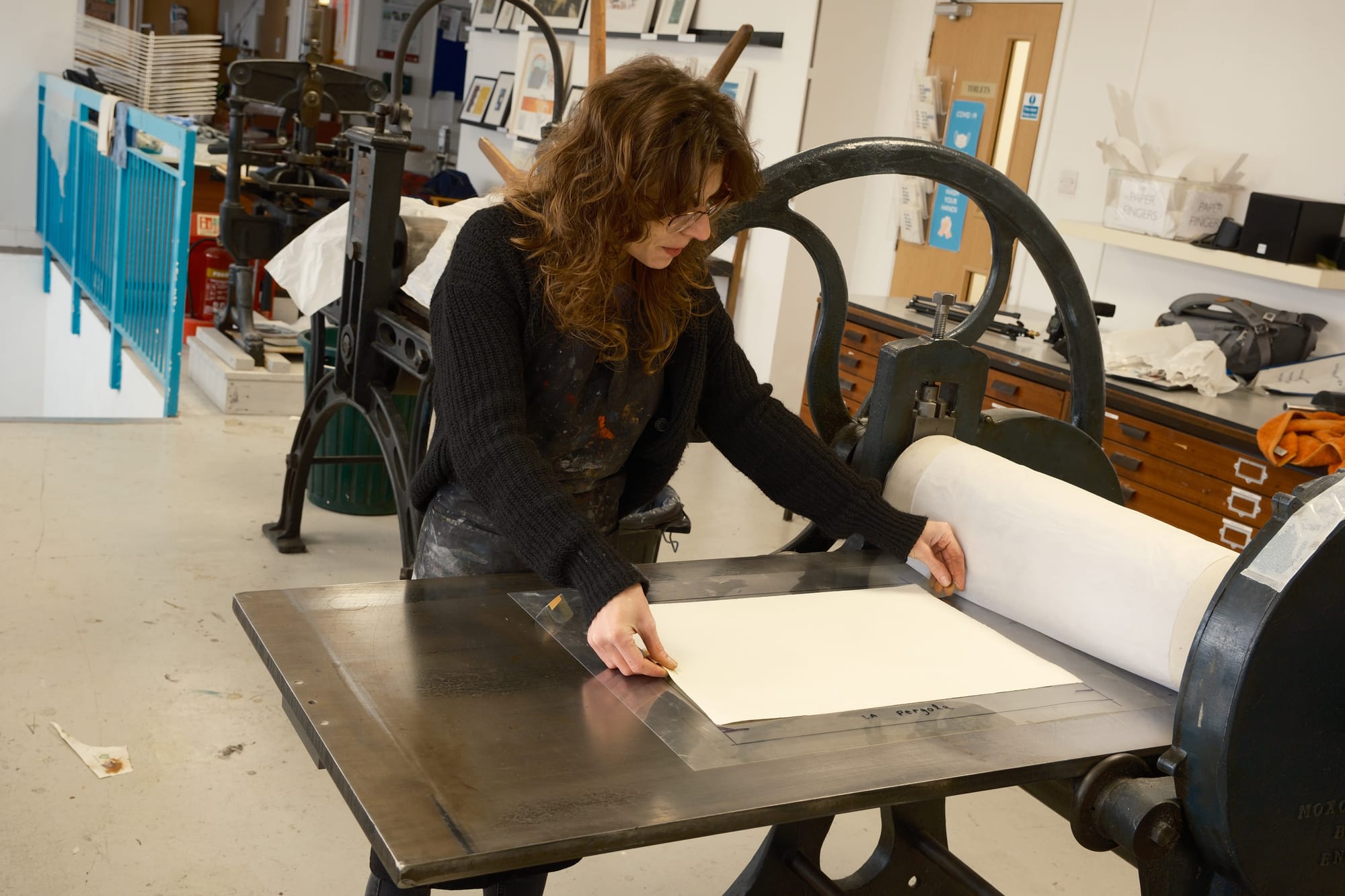
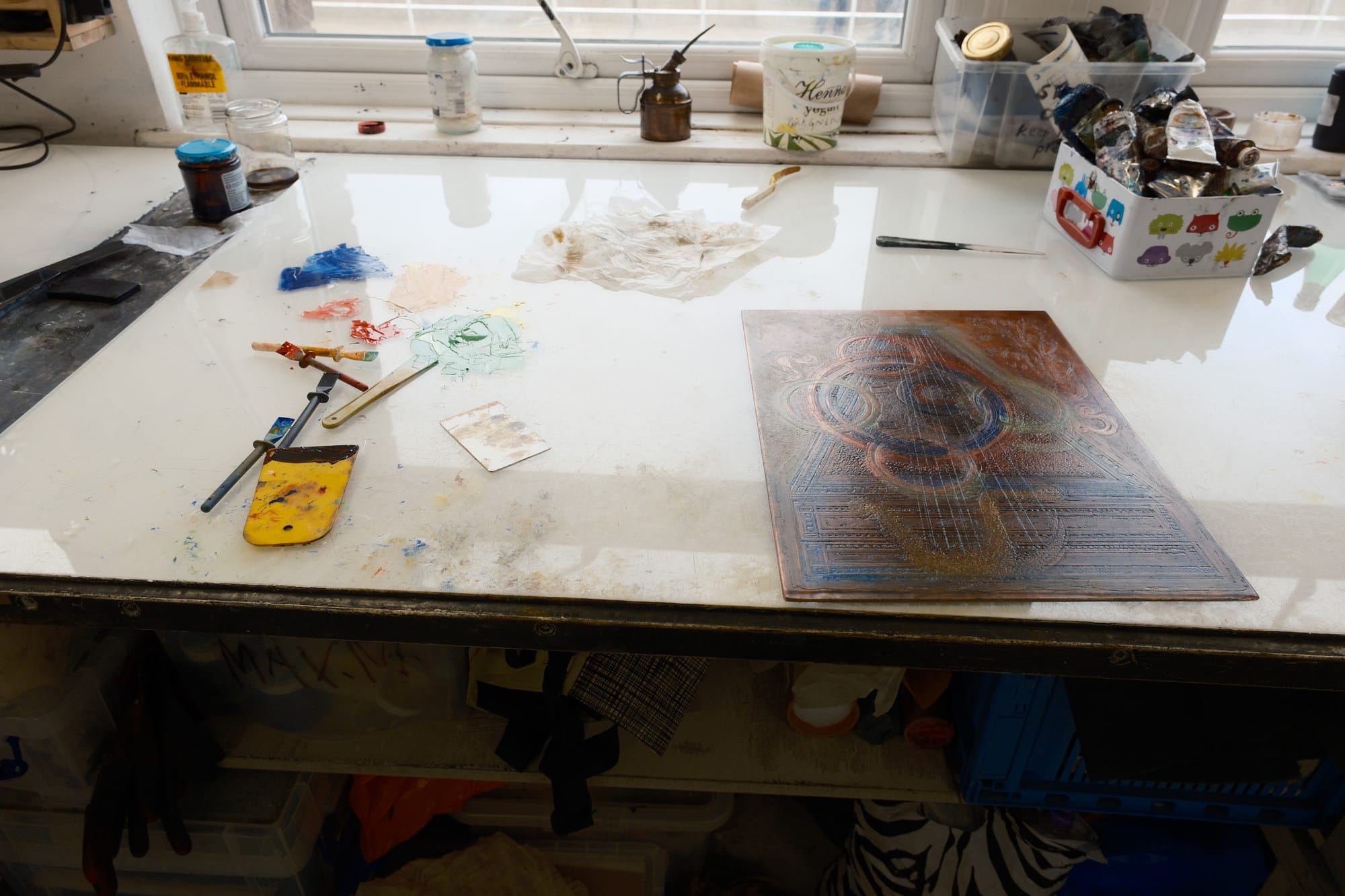
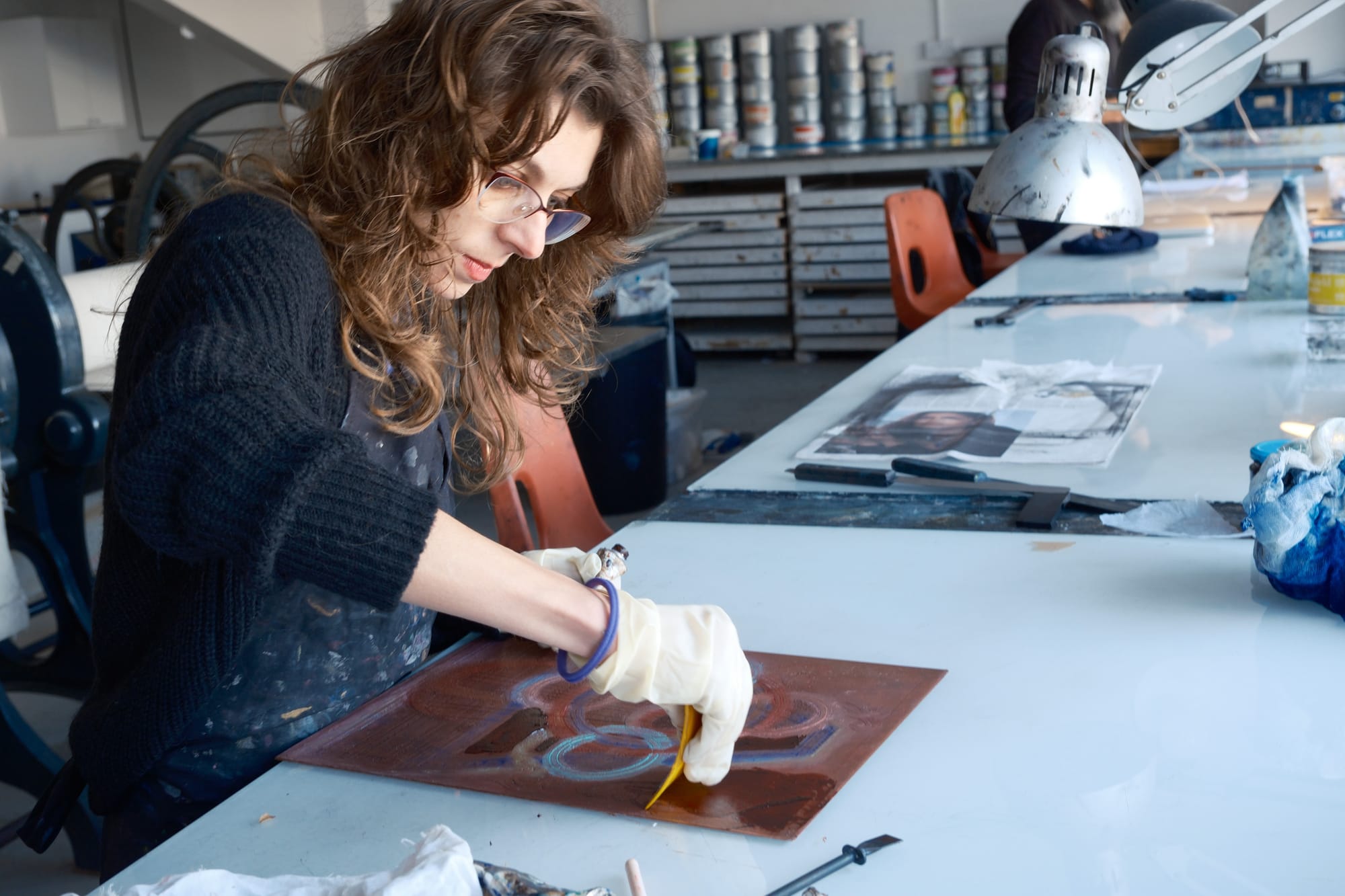
Thames-side Print Studio
At the moment, I’m especially drawn to etching on metal. I love drawing directly on the plate and working with acid—it's an intense, tactile, almost ritualistic process. The etched line is physically bitten into the surface, like a tattoo. It lets me create figures in depth, beyond the flatness of a page. There’s a performative aspect too—the repetition of actions, the precision of chemical reactions—it feels like magic and alchemy.
Printmaking isn’t something you can fake; you have to learn each step. And yet, within all that structure, it remains wild and full of surprises.
How do you like to work?
Creatively, I’m a night owl. I like working at night when the world quietens down—it gives me space to think more freely. That’s when ideas crystallise. By the time I start drawing, I’ve usually been living with the subject for weeks: collecting references, researching, sketching loosely, and letting the imagery brew in my mind. Everything starts with drawing. It’s both my compass and my language. I use it to express myself, but also to escape or reimagine reality. Colour awareness is equally important to me—sometimes it whispers, sometimes it screams—but it always sets the emotional tone.
Most of my work begins with a narrative impulse—personal, mythological, or symbolic. I’m drawn to ancient myths that once explained the cosmos, where the lines between science and magic were still fluid. That blurred space fascinates me, and it’s where my figures often reside—between the natural and the supernatural. I want my work to spark multiple interpretations, inviting viewers to confront their own inner thoughts and look beyond the surface.
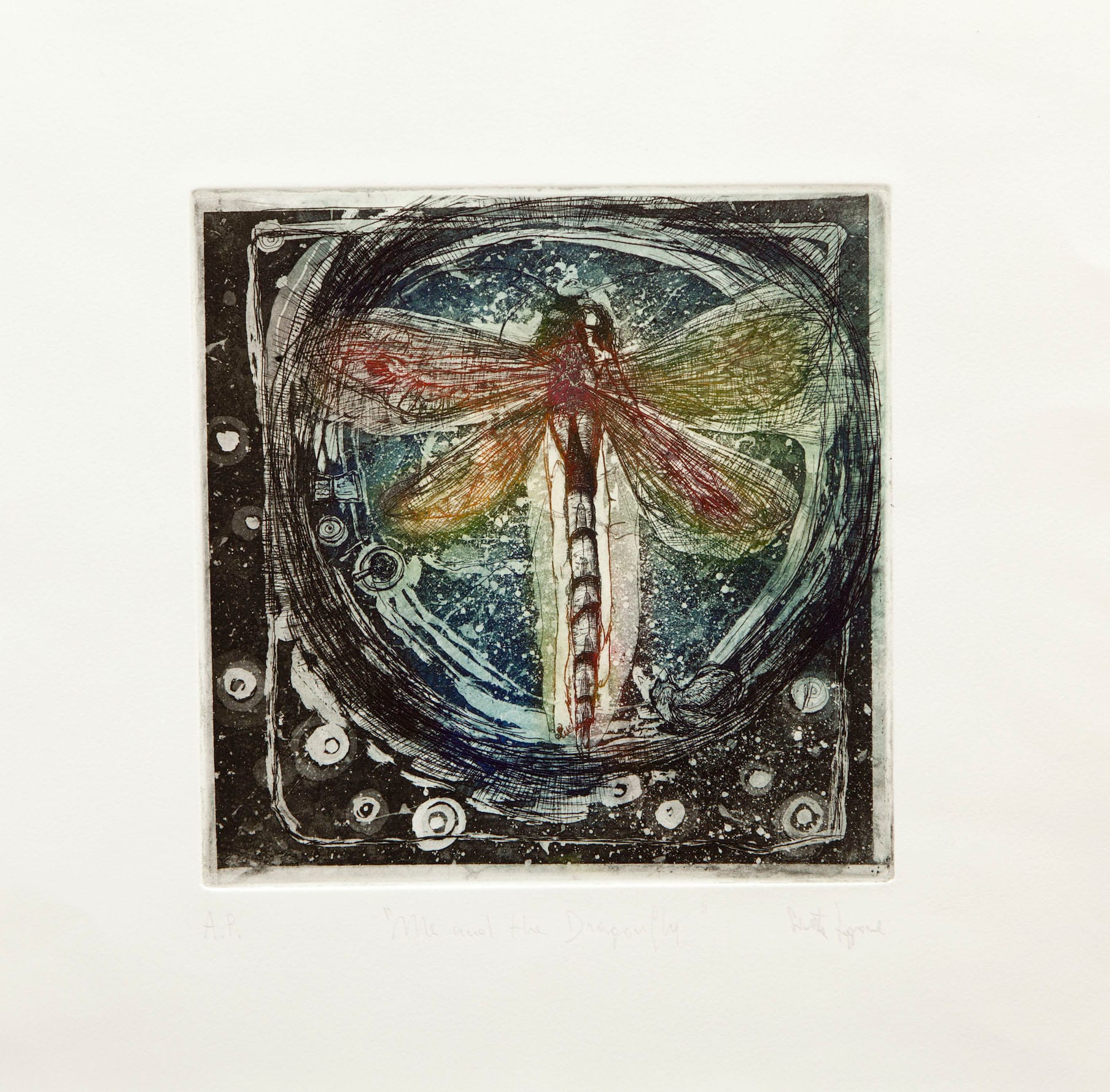
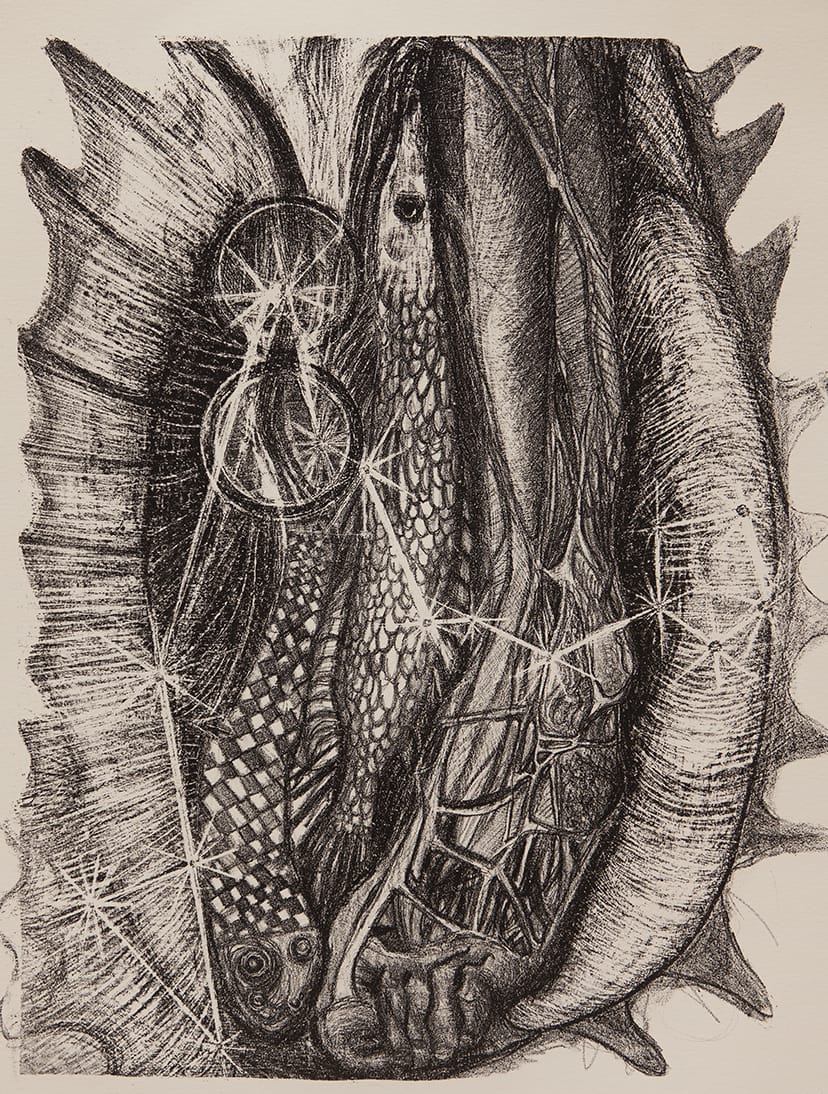
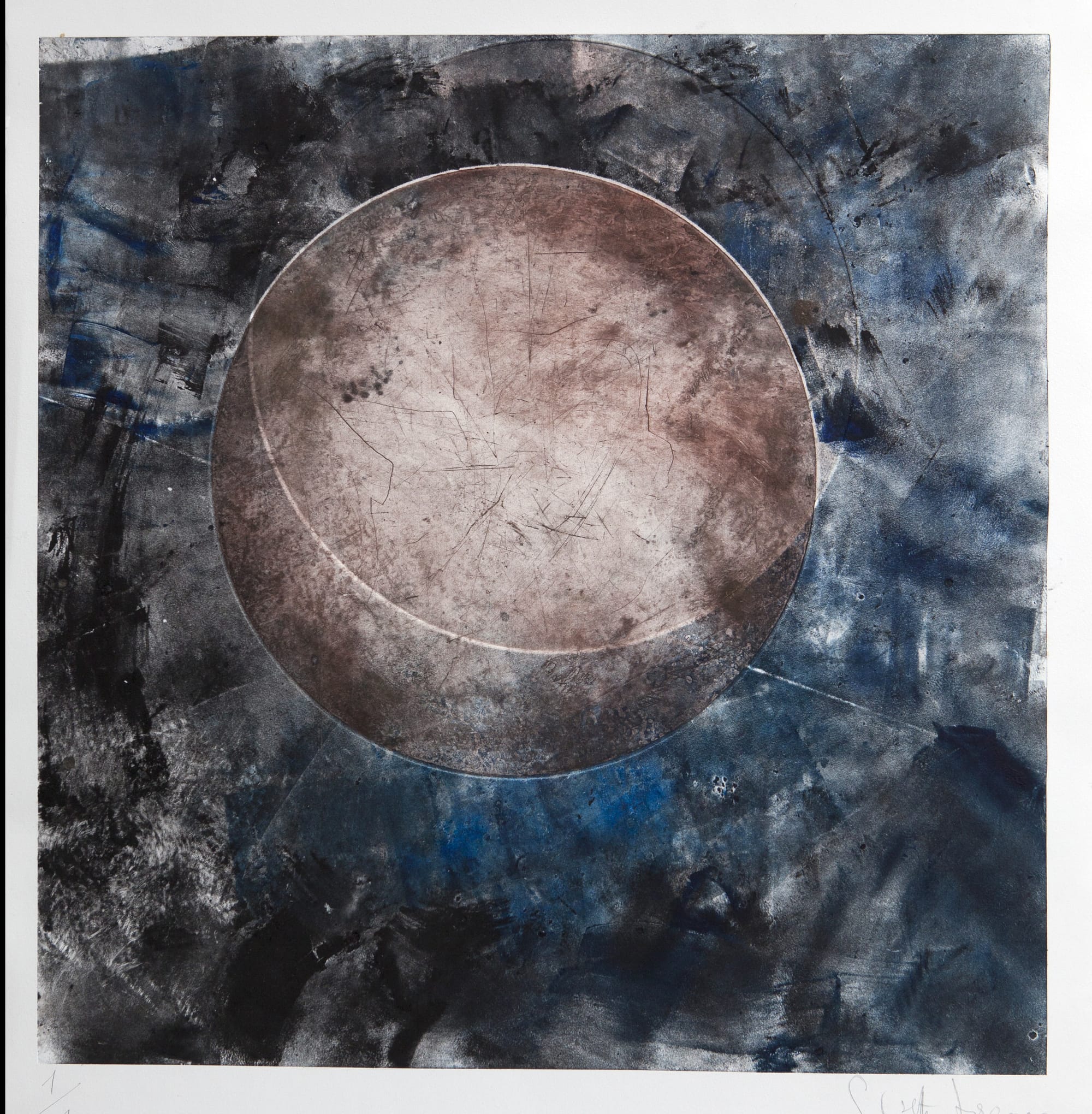
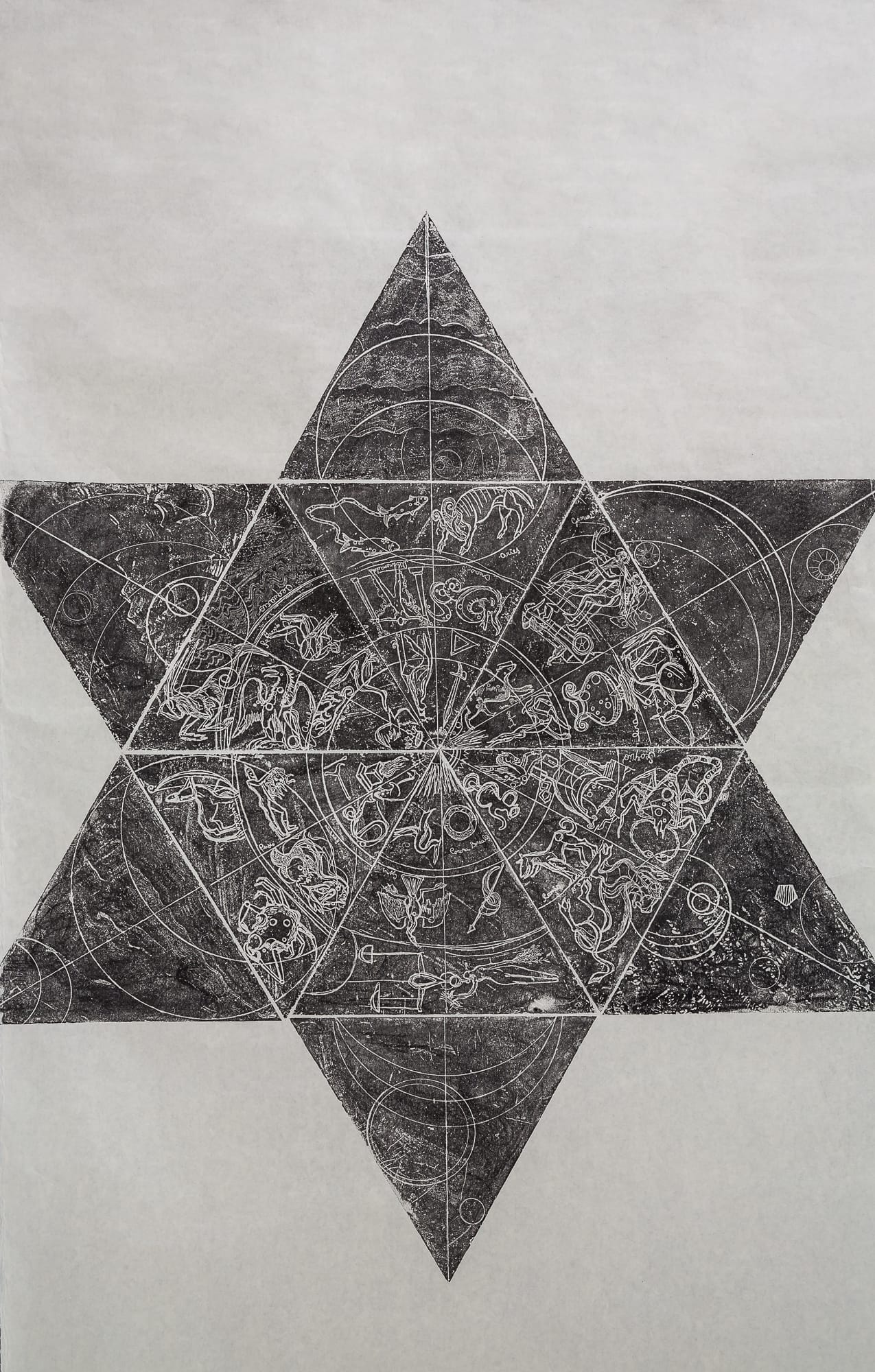
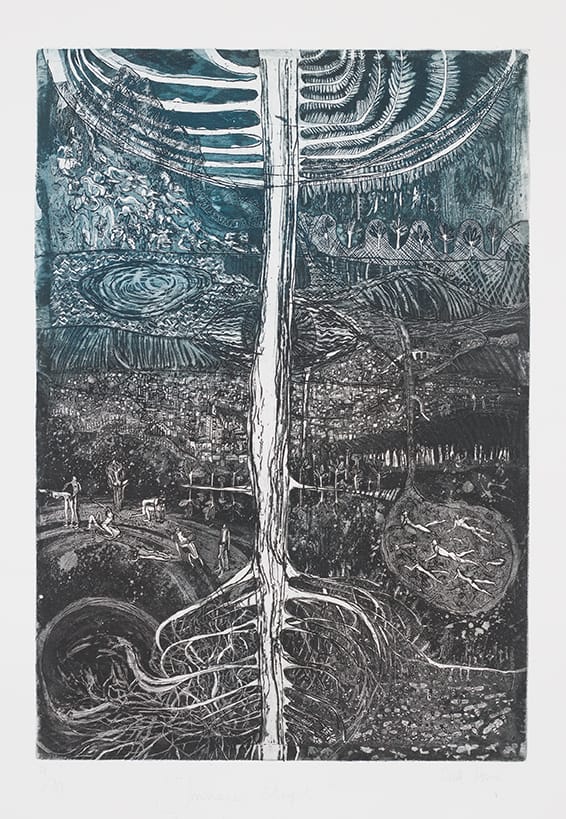
Printmaking is technical and involves heavy machinery and chemicals. How can beginners overcome these challenges?
Printmaking today is so much more sustainable than people imagine. There are plenty of non-toxic and beginner-friendly methods that don’t require acids, solvents, or heavy equipment. The key is to start simple—and to find good tuition. Printmaking isn’t a one-size-fits-all discipline. Your personal interests will guide you toward the right technique.
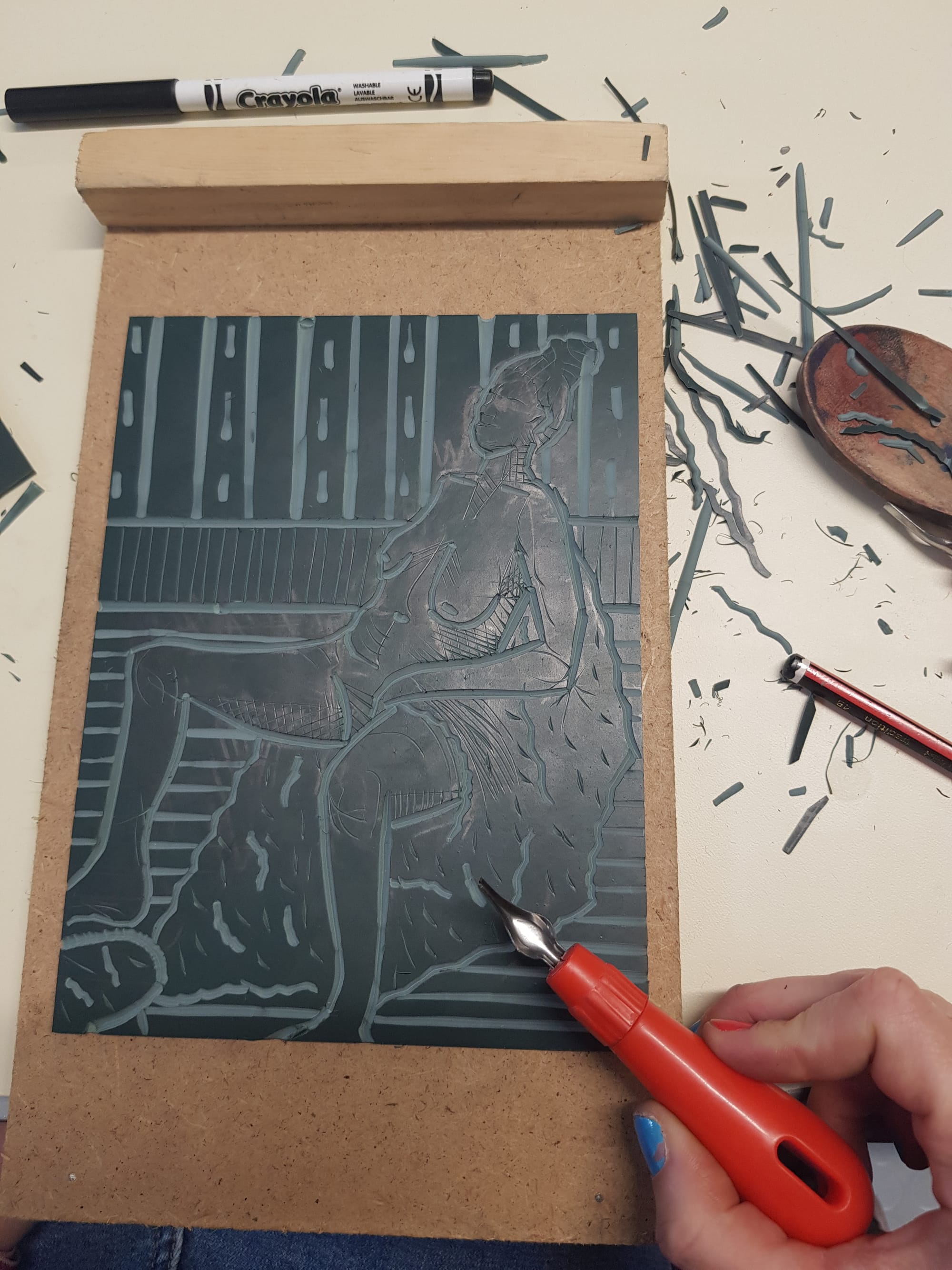
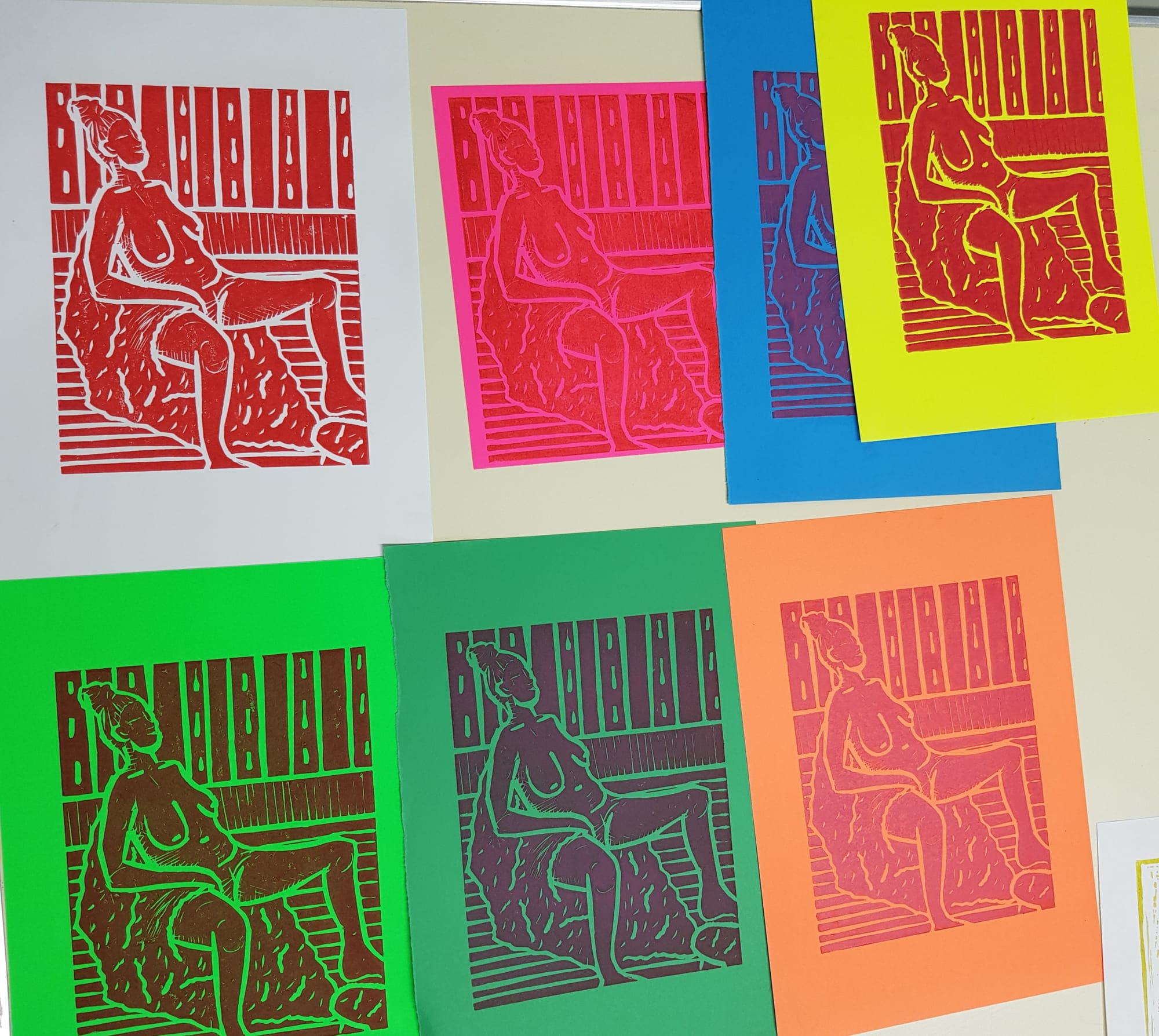
If you’re fascinated by Old Masters like Goya or Rembrandt, then drypoint or traditional etching might be your path. If you’re drawn to bold lines and colour like Matisse or the Pop artists, then linocut or screenprint is a great start. If you come from a painting background and love mark-making, monotype might feel most natural. There’s no linear route—it’s about finding what excites you and being open to experimenting. That’s the joy of printmaking.
Tell us about your teaching—what are your classes like and what can students expect?
My teaching life is quite lively! I work as a sessional tutor with the Working Men's College in Camden, City Lit, London Drawing, and WAES (Westminster Adult Education Service), delivering a wide range of classes mostly centred around drawing and printmaking. These include botanical drawing, life drawing, experimental watercolour techniques, and of course, printmaking.
I love the variety—each subject has a special appeal for me, and whenever possible, I work alongside my students. My classes are dynamic and engaging, full of demonstrations and rich with information about art history, both within and beyond Europe. I’m passionate about anthropology, astronomy, ancient manuscripts, and natural history, and this kaleidoscope of interests is reflected in the presentations and lectures I share with students.

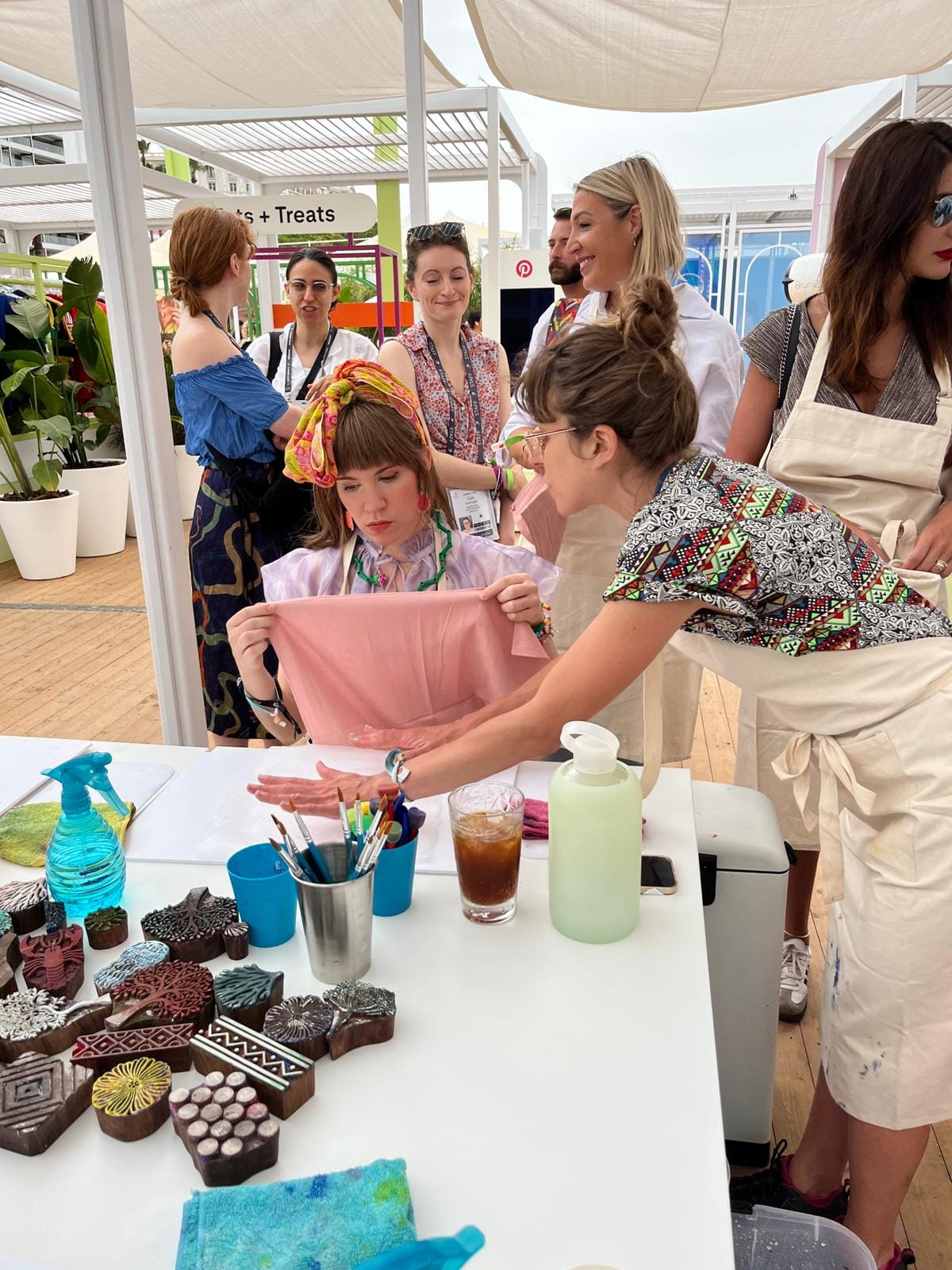
Print workshop in collaboration with The Marcon Court Project, Cannes
Some of my classes are practice-based, while others lean more toward theory. The longer courses I teach—such as the 10-week sessions at WMC—allow for deeper exploration, but I also run one-day intensive workshops with London Drawing. I teach both online and in person; each environment has its pros and cons.
At WMC, I run an advanced printmaking course where experienced students develop personal projects. I support them in refining their work to professional standards while encouraging experimentation and individual growth. Each student is usually working in a different direction—mostly in intaglio or relief printmaking—so the atmosphere is always fresh and varied.
For beginners, I offer structured courses where I introduce key printmaking techniques and guide students through using the tools and equipment of a print studio. I genuinely enjoy teaching both ends of the spectrum. I'll be happy to share a list and links to my upcoming classes!
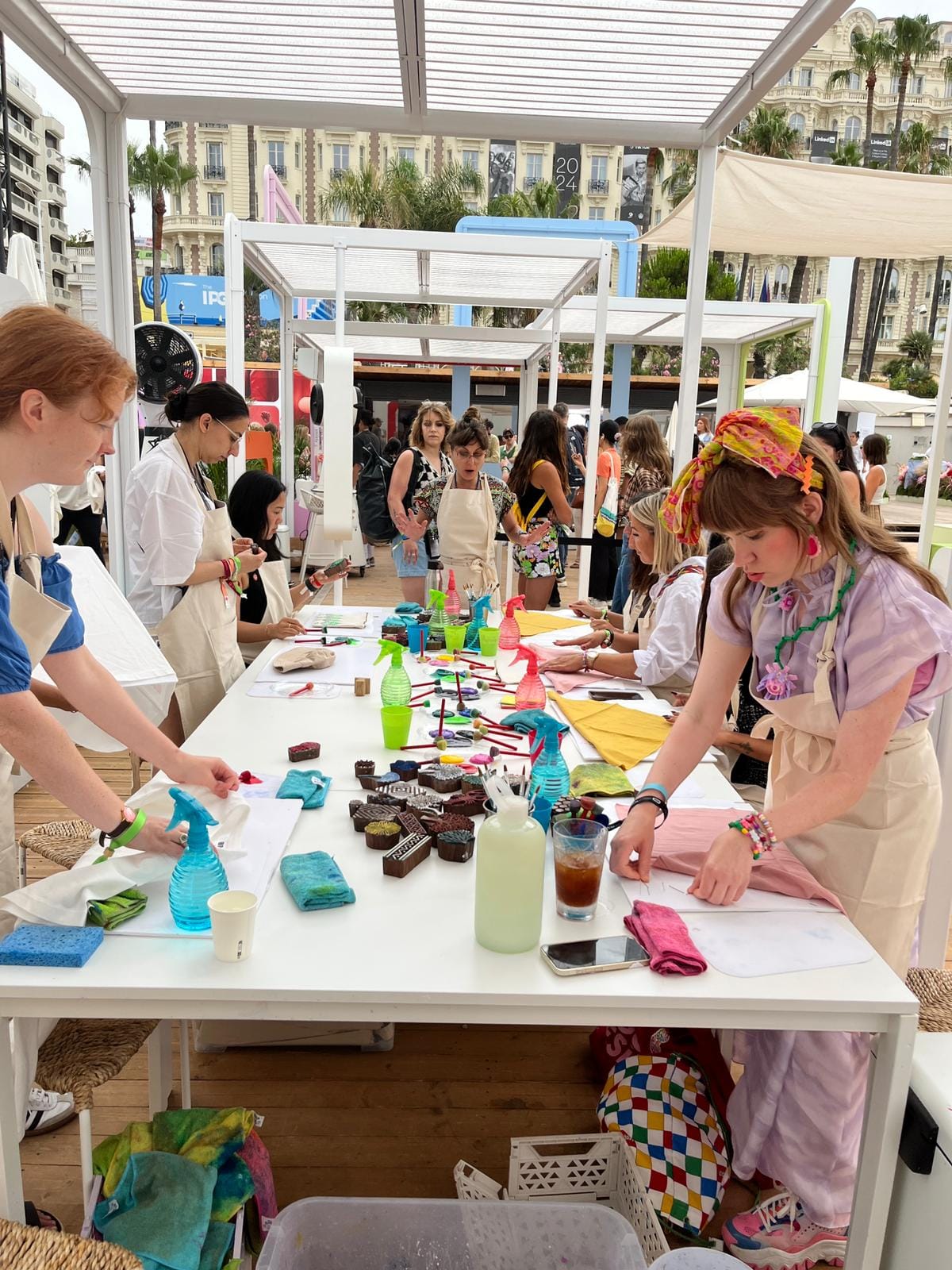
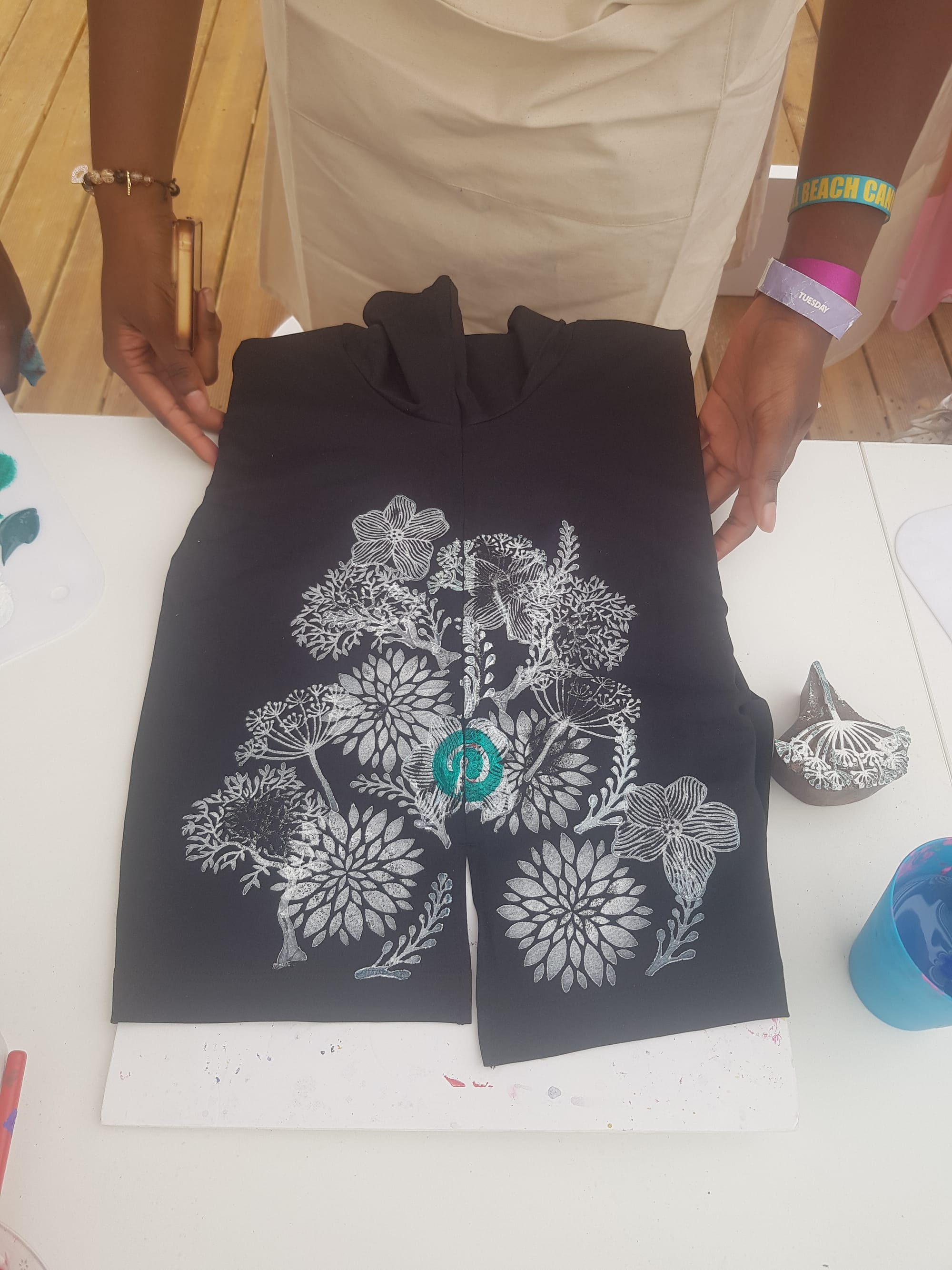
How open are your lessons?
Very open—within technical and safety boundaries, of course. I see my role as a facilitator: I support each student’s creative process while reminding them;
“You are the artist.”
I provide guidance, demonstrations, and technical support, but it’s up to them to do the thinking, the practice, and the research that will help shape their personal style and goals.
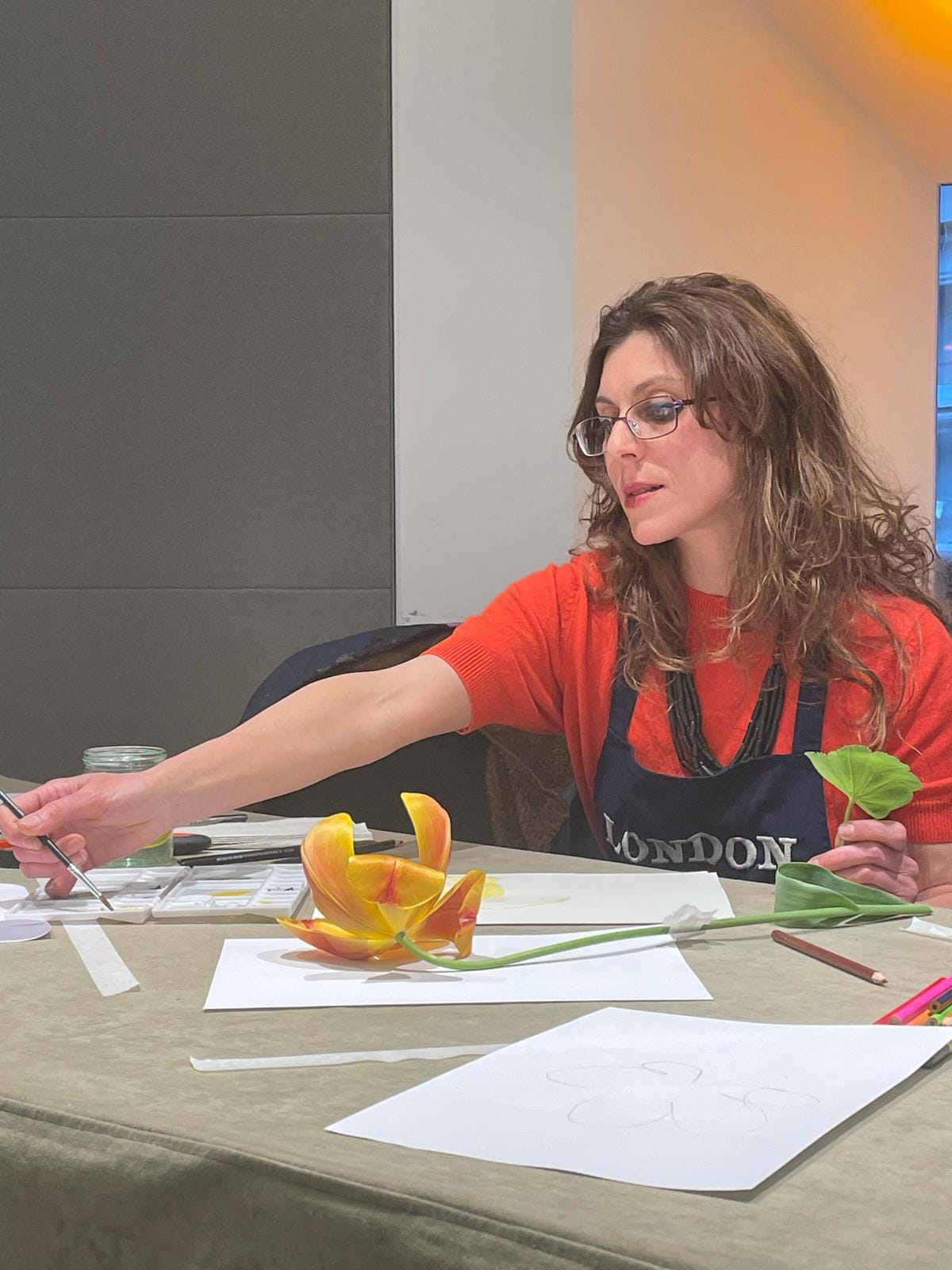
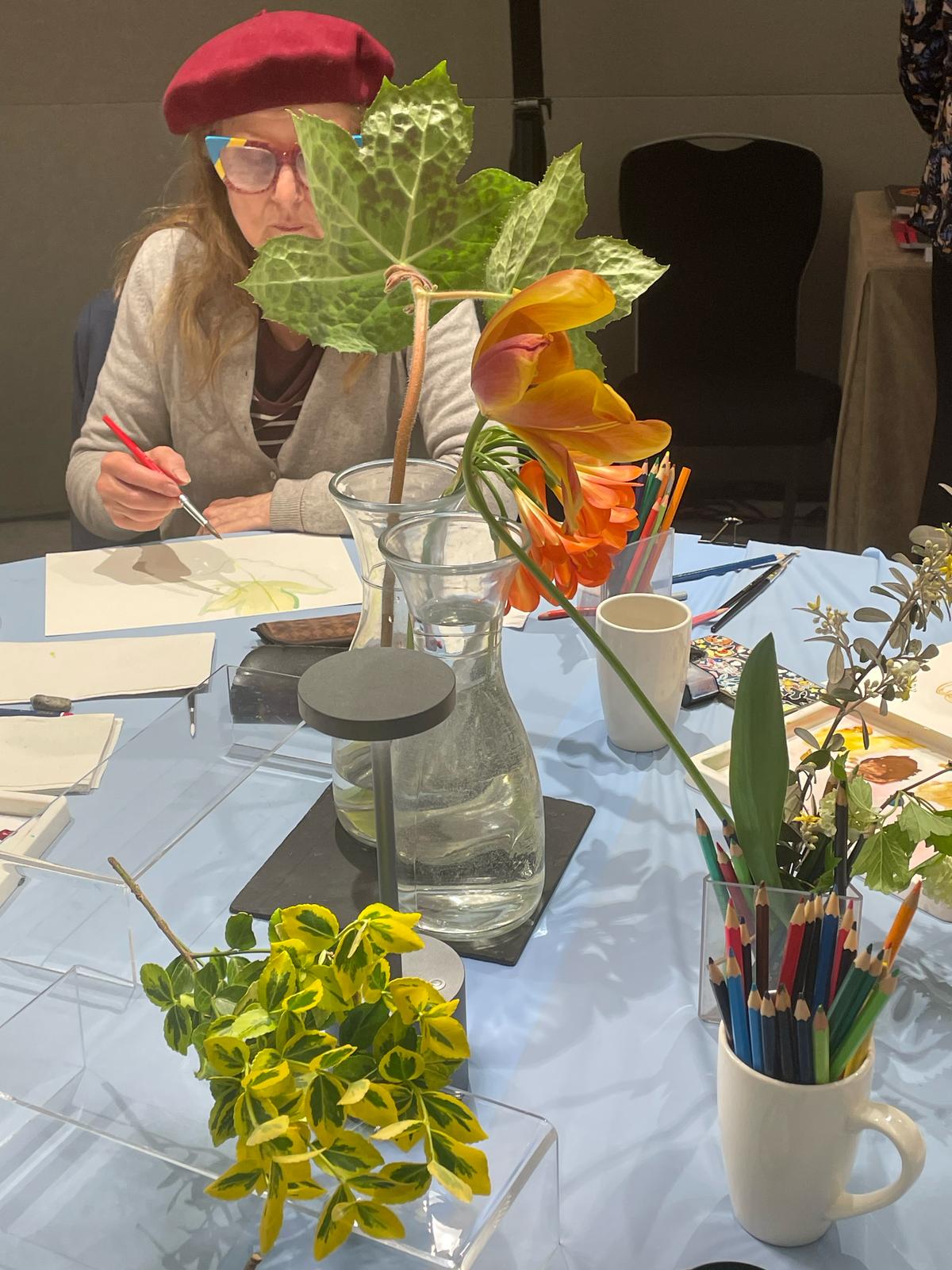
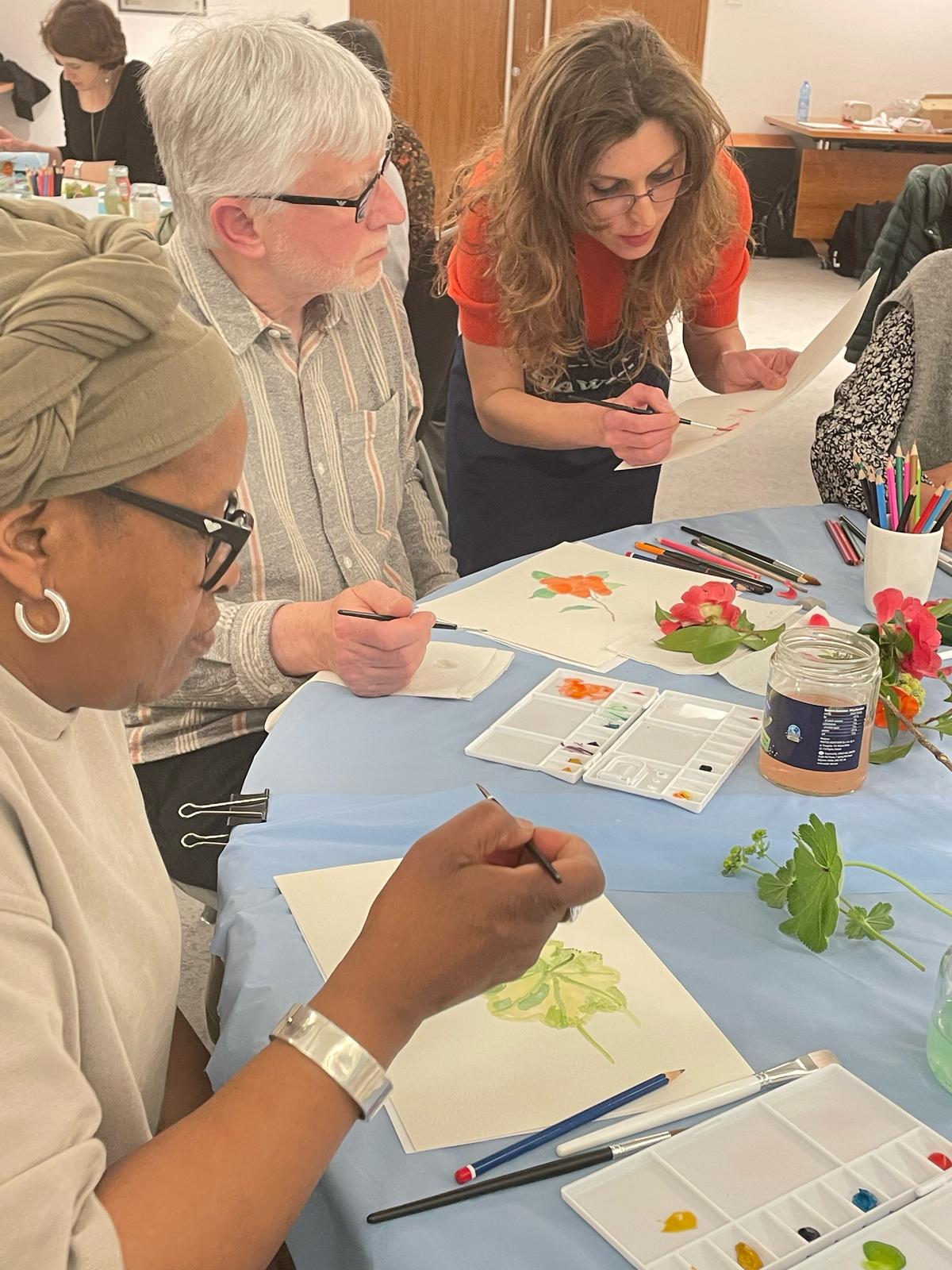
Botanical class at the Royal College of Physicians, in collaboration with London Drawing
How can art help us?
Art-making is vital for mental health—it’s a fundamental human instinct. Other animals also communicate through markings or gestures, but humans have developed rich, complex cultures thanks to visual language. I consider myself a kind of 'Knight of the Arts,' and I teach with passion because I truly believe art can heal and transform lives. Especially now, in this age of AI-generated imagery and visual saturation, the simple act of drawing by hand—slowing down, breathing, creating something new—is incredibly powerful.
Drawing is like a gym for the brain: it sharpens cognition and coordination, it's rewarding and challenging, and it’s an excellent antidepressant. That’s why art therapy works so well. This is also why I’ve embraced teaching with such intensity. I can feel the healing, life-changing—or simply day-changing—energy in my classes. Students' inspiration and creative sparks charge me with positive energy, and remind me that what I’m doing is meaningful and important for the community.
I like to think of myself almost as a little shaman, helping people access and enjoy the magic they carry within.
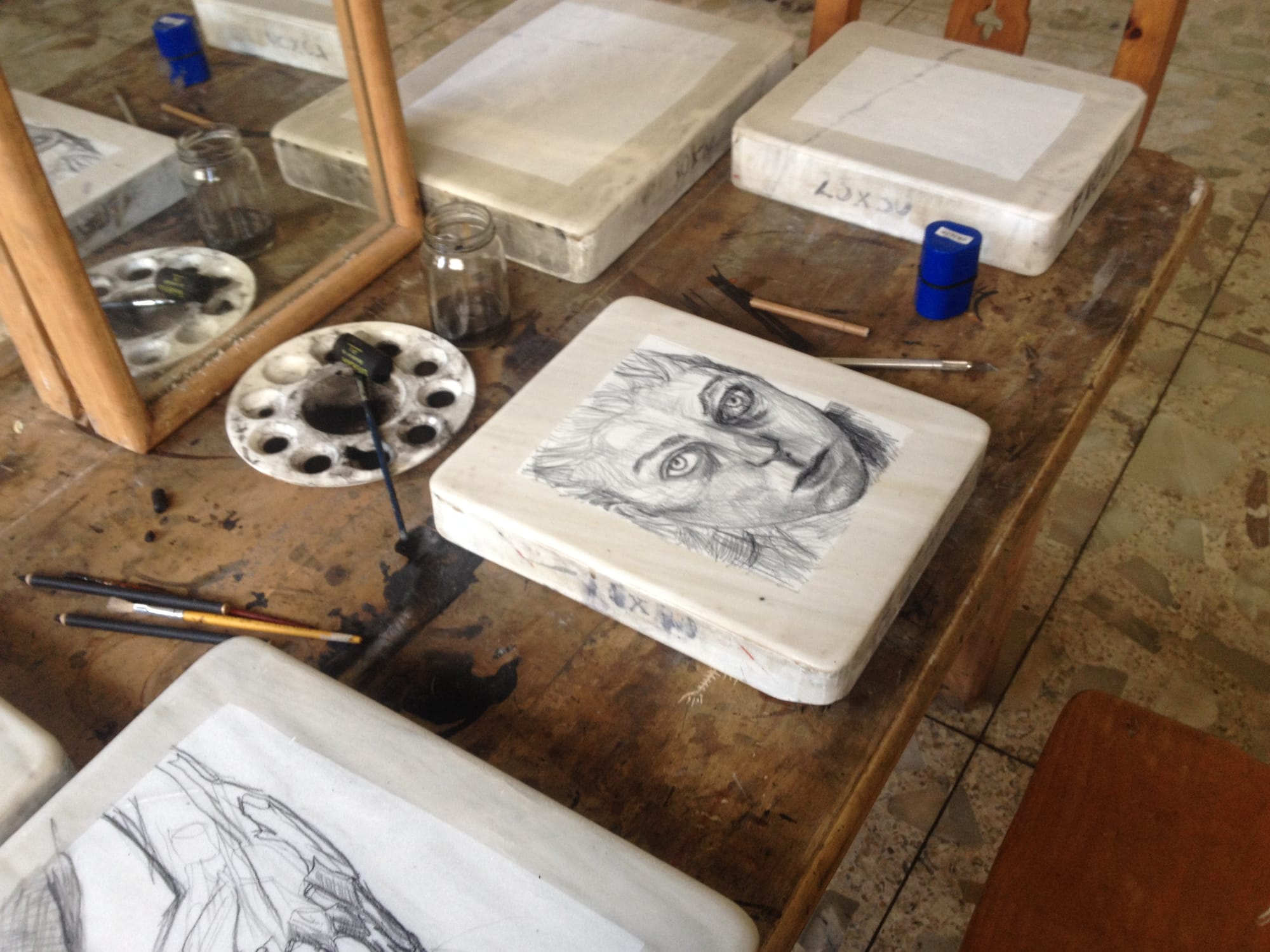
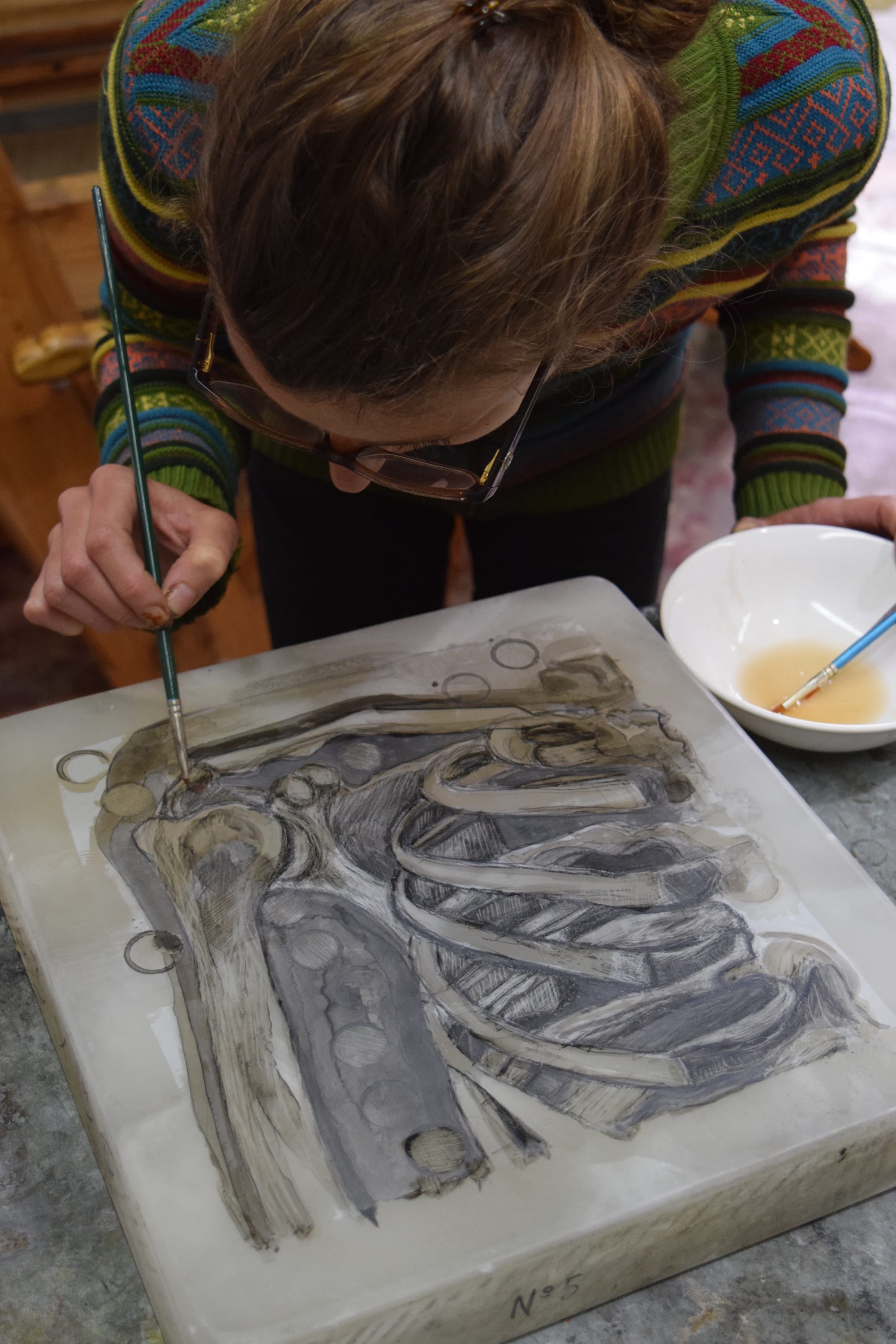
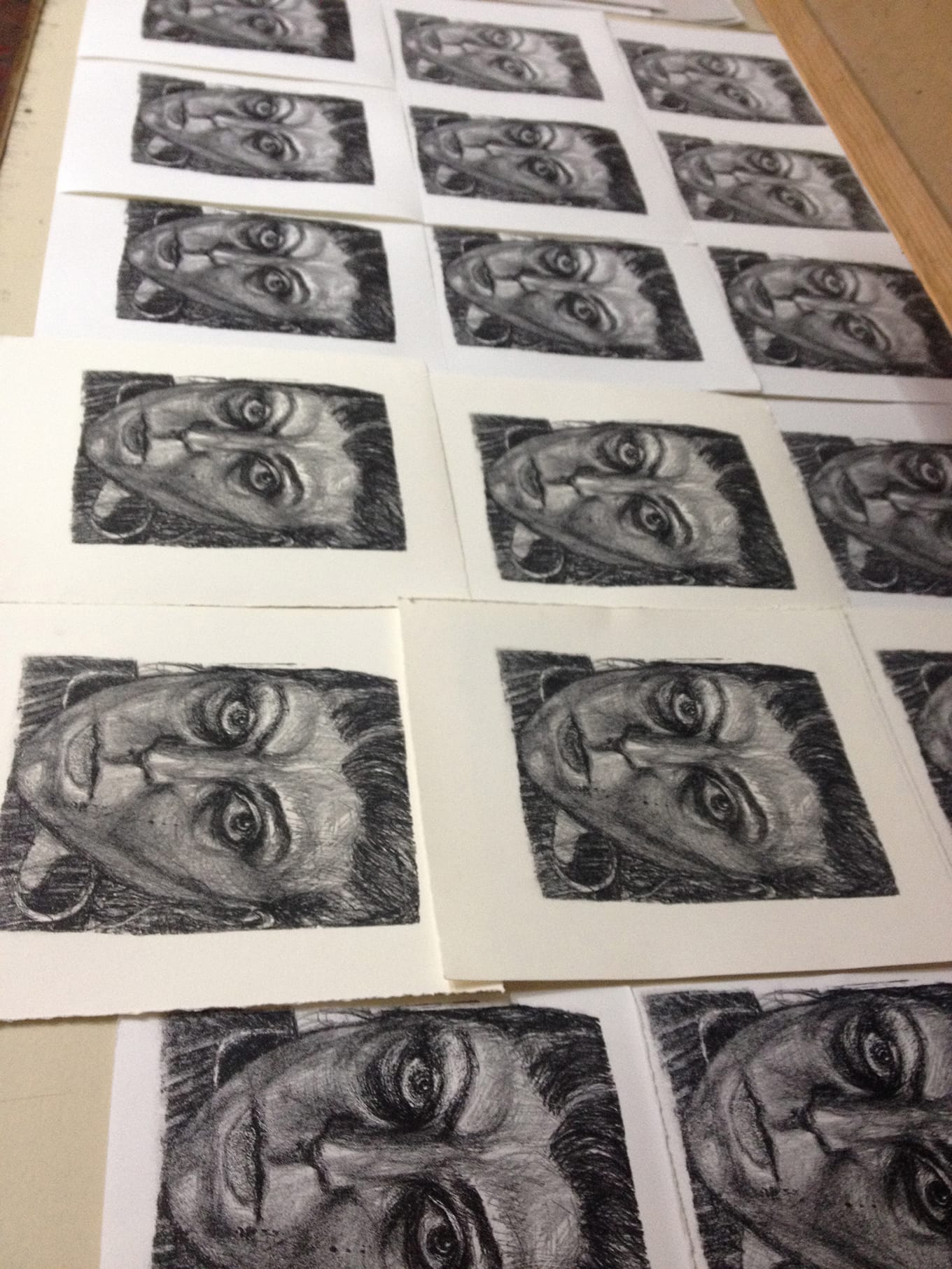
Ceiba Grafica, Veracruz Mexico
What advice would you give to printmakers trying to put projects together?
My work reflects my essence. It’s always evolving, never settling into a formula, and that’s something I’ve chosen to embrace.
That said, here’s what I’d suggest:
- Network, team up, and meet people who share your vision. Collaboration and community are vital.
- Work in series—that’s something printmaking naturally lends itself to. Create cycles of work. Study your subject matter in depth.
- Look at other artists who’ve explored similar themes. Go to exhibitions, read, and absorb the kind of art that inspires you.
- Surround yourself with support, and most importantly—practice.
- Choose a theme and commit to it. Be confident, take yourself seriously, and most of all—listen to yourself.
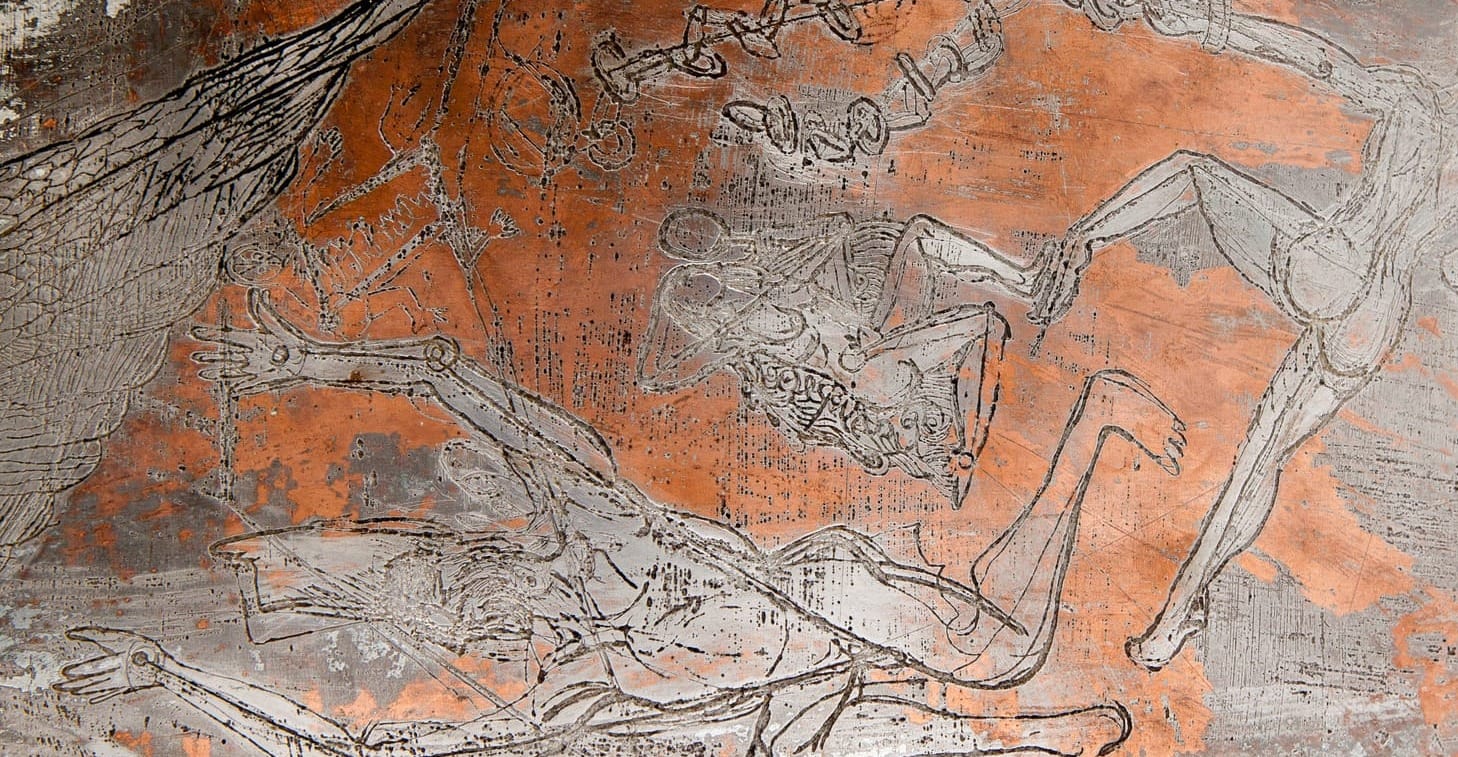
Absolutely incredible stuff there from Sisetta - insightful and inspiring. It's encouraging and energising to know that artists like Sisetta are out there, not just creating and voicing their own expression but sharing the process with us. Teaching and sharing is so crucial to fostering a creative, progressive and art-filled world, so we thank Sisetta for her work, time and openness.
If you've been inspired by this article and want to learn more about printmaking and perhaps have a go, then we invite you to hit the links below and get involved.
See you at the presses!
Further Reading
Come and visit Sisetta during her forthcoming Open studio event, studio 108, Unit 4
Links to Sisetta's classes and courses:
Botanical sketching open air (one day)
Linocut Online (recordings)
Cyanotype Printmaking summer taster
Collagraph printmaking summer taster
Gelli printing summer taster
Contemporary watercolour (5 weeks)
Watercolour studio: Nature and colour (5 weeks)
We're constantly on the look out for new artists, creatives and initiatives to feature in TheNeverZine - so if you are, or know someone who is going their own way and doing their own thing on their own terms and would be a good fit to feature please smash that button below and get in contact. By talking to each other, and sharing our journeys, ideas and insights on creativity, art, mental health and resilience we can all create, share and thrive together. Nice thought that.
PS - Don't forget to subscribe below for more content from TheNeverPress 👇
